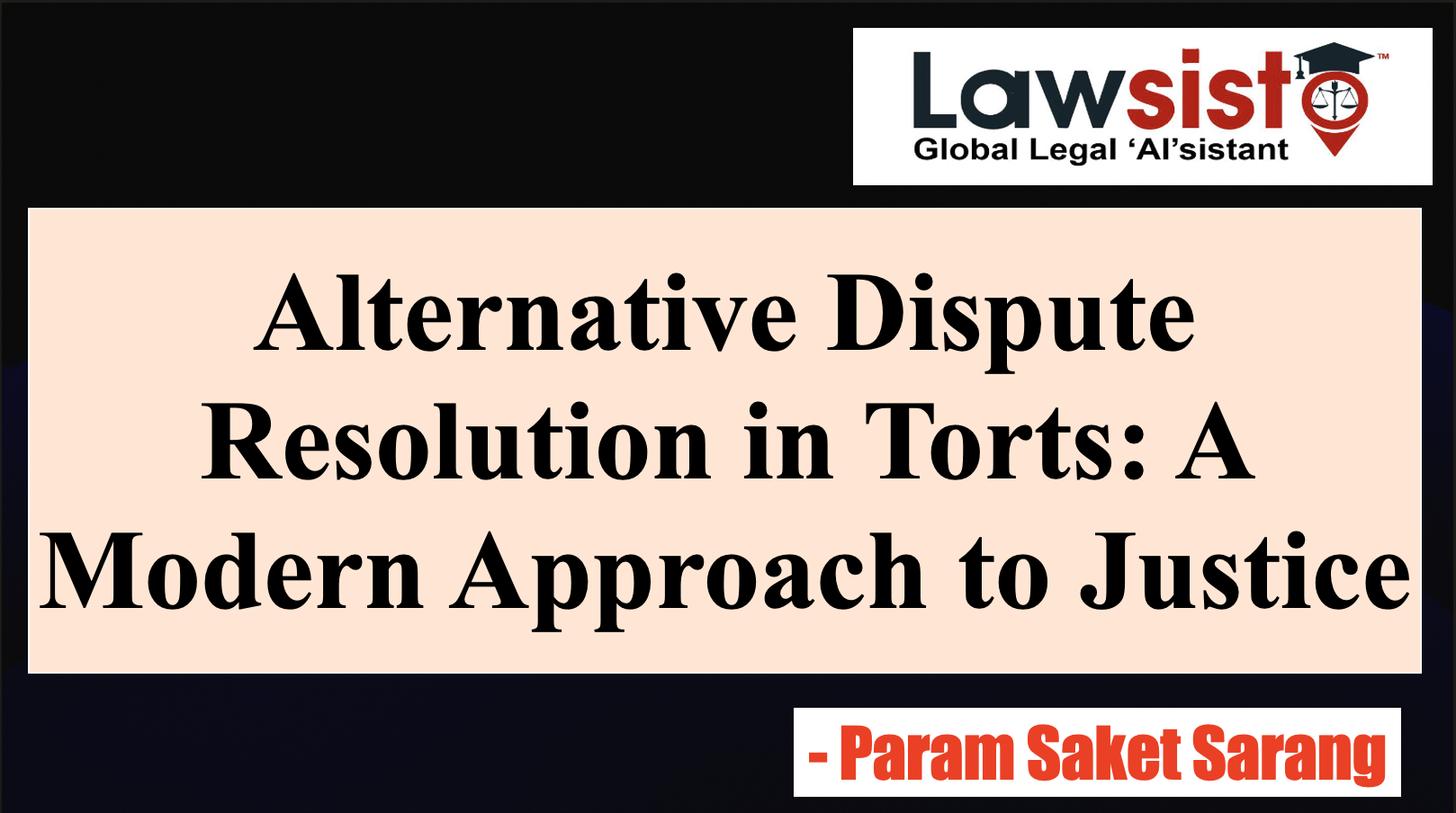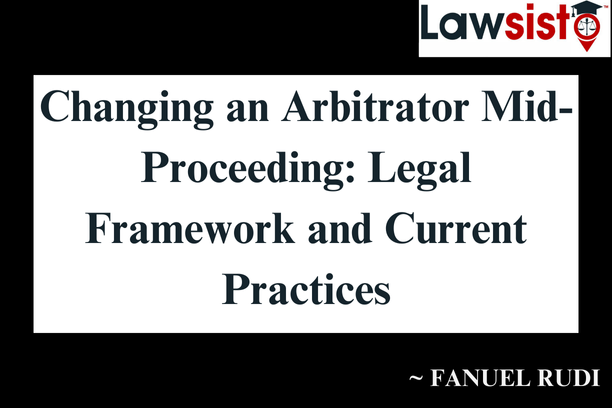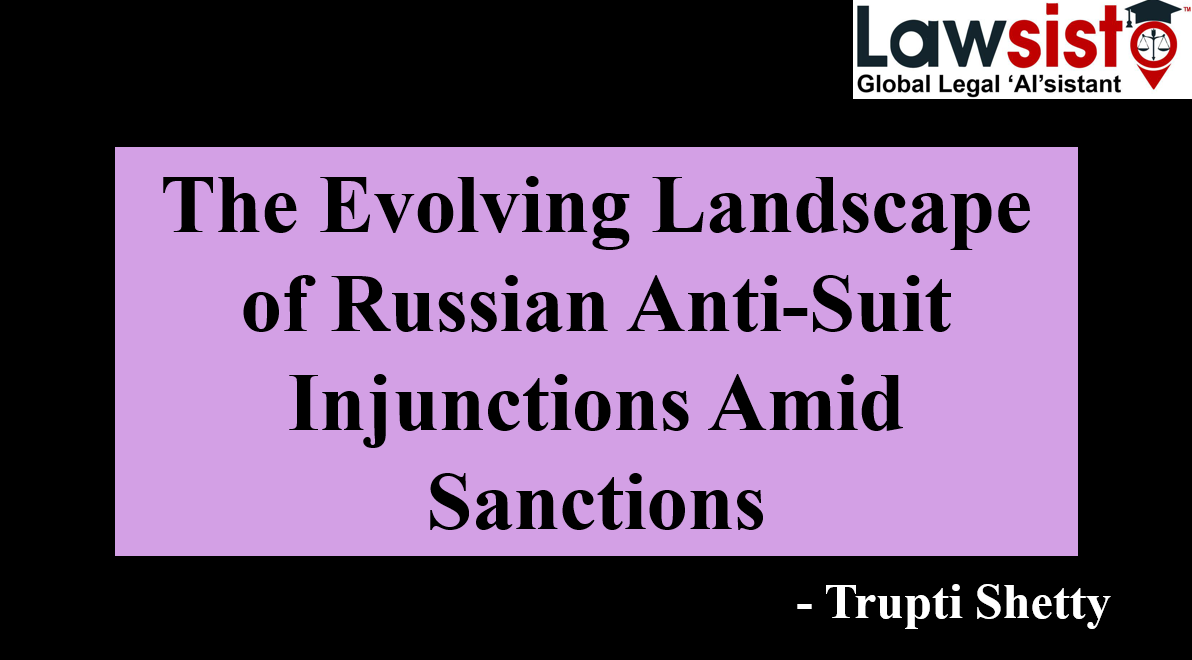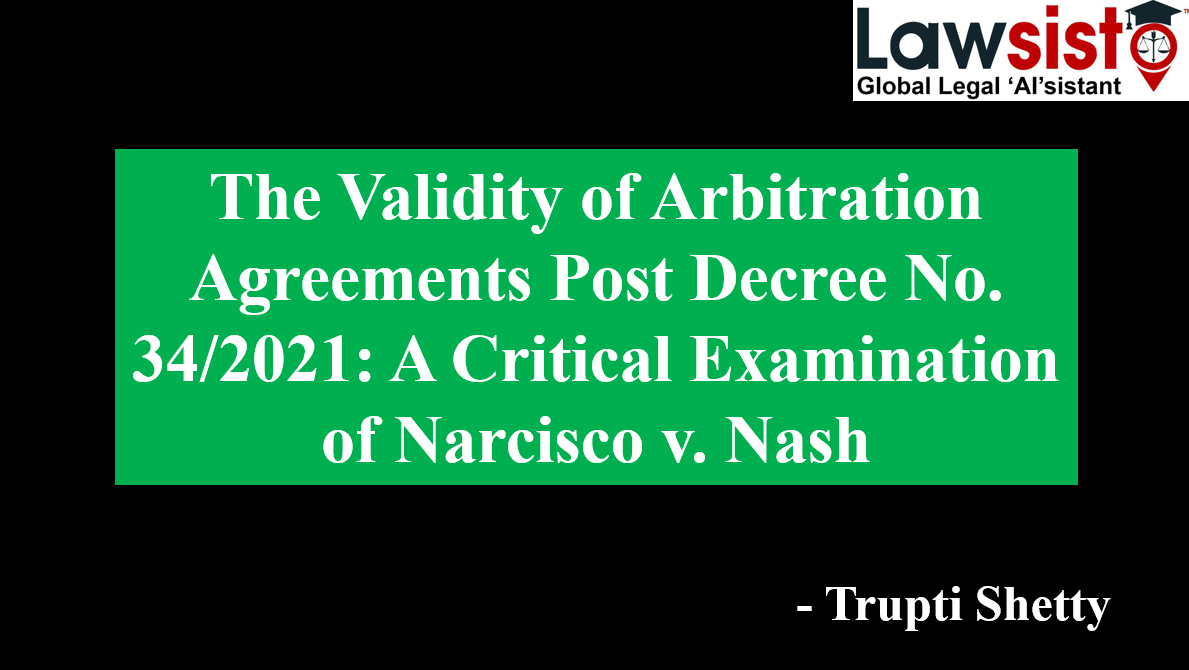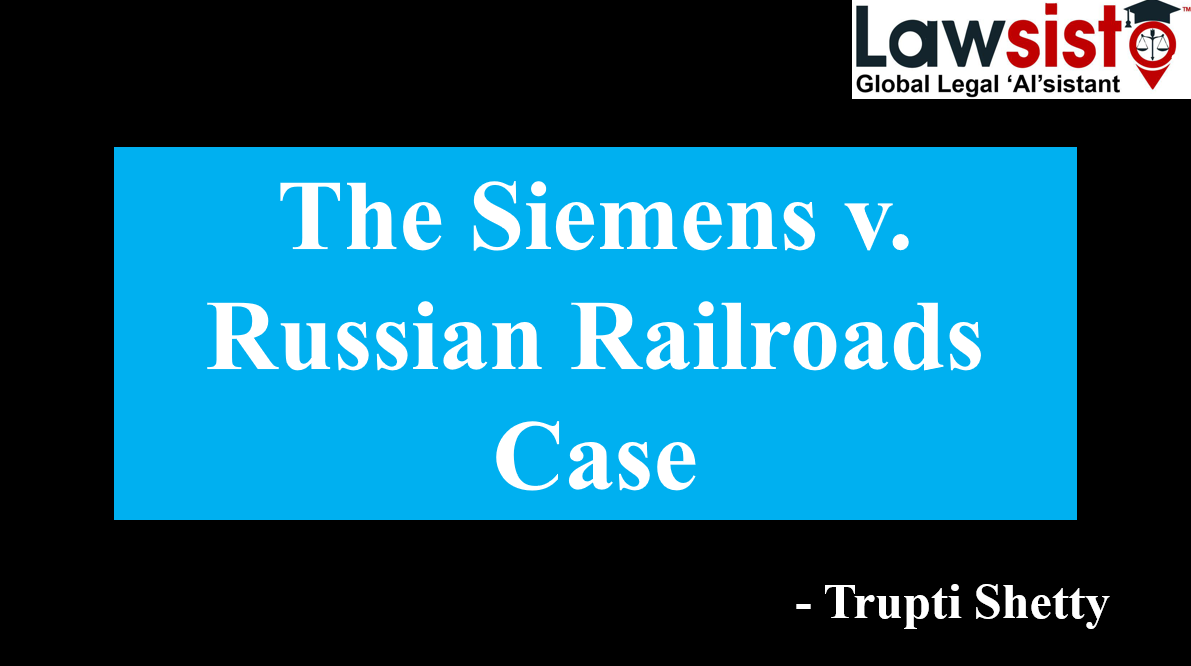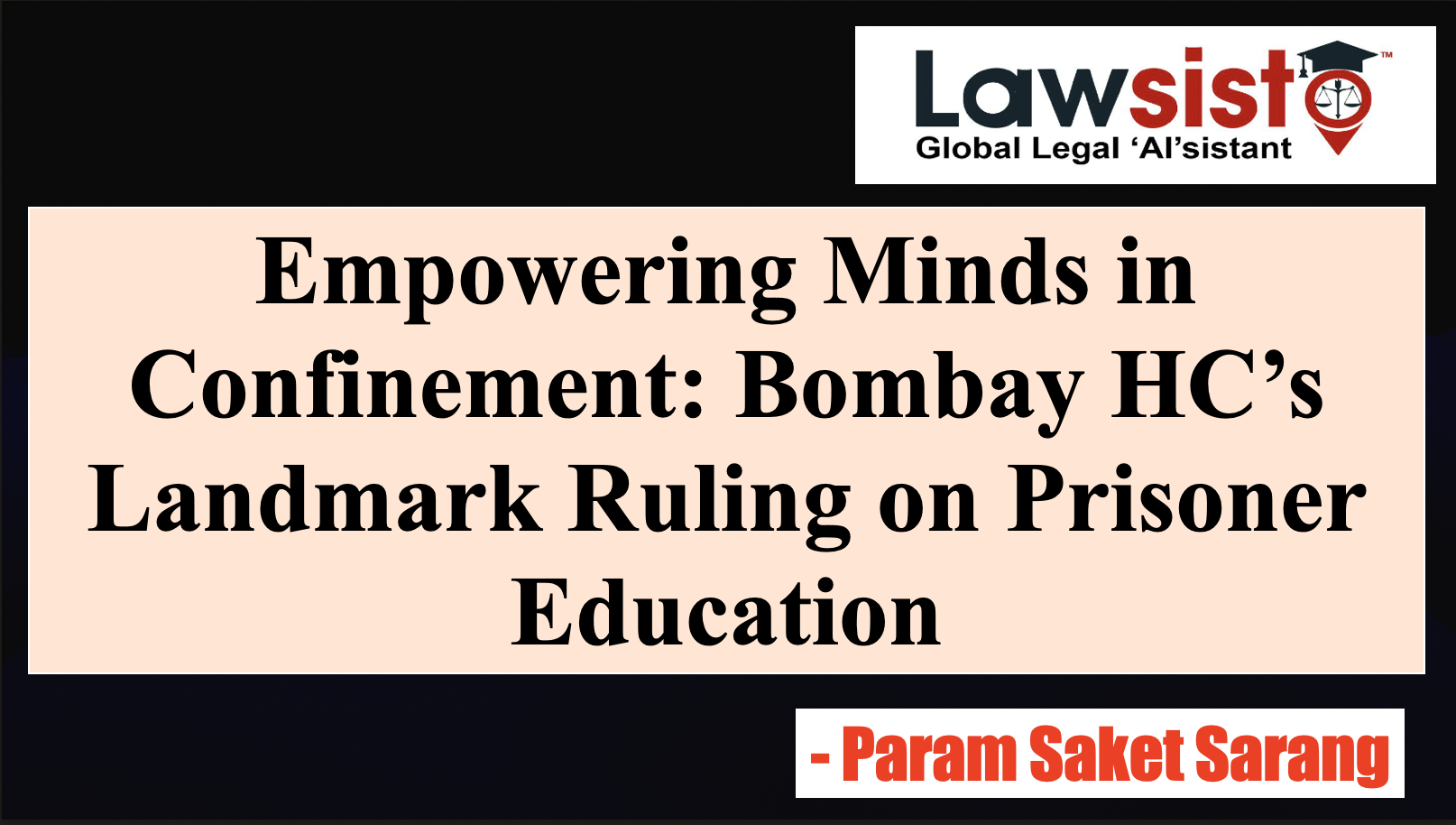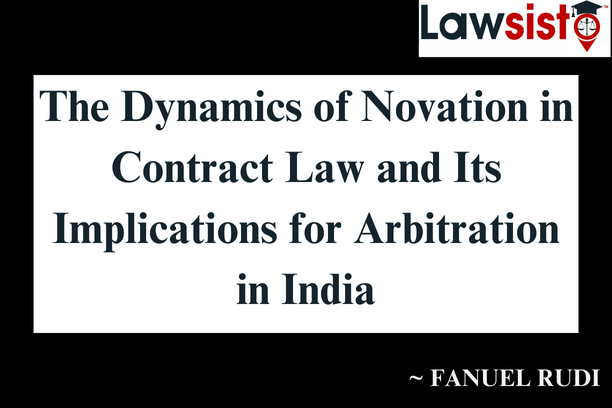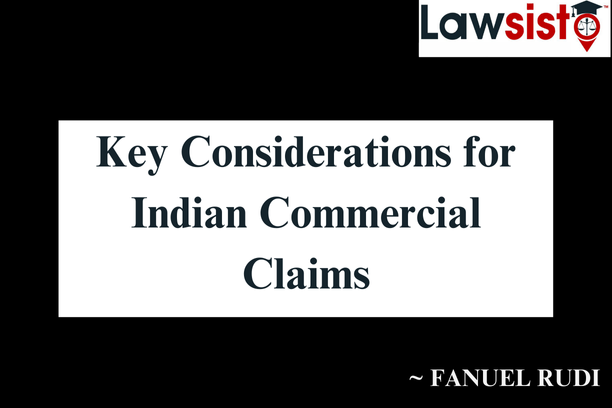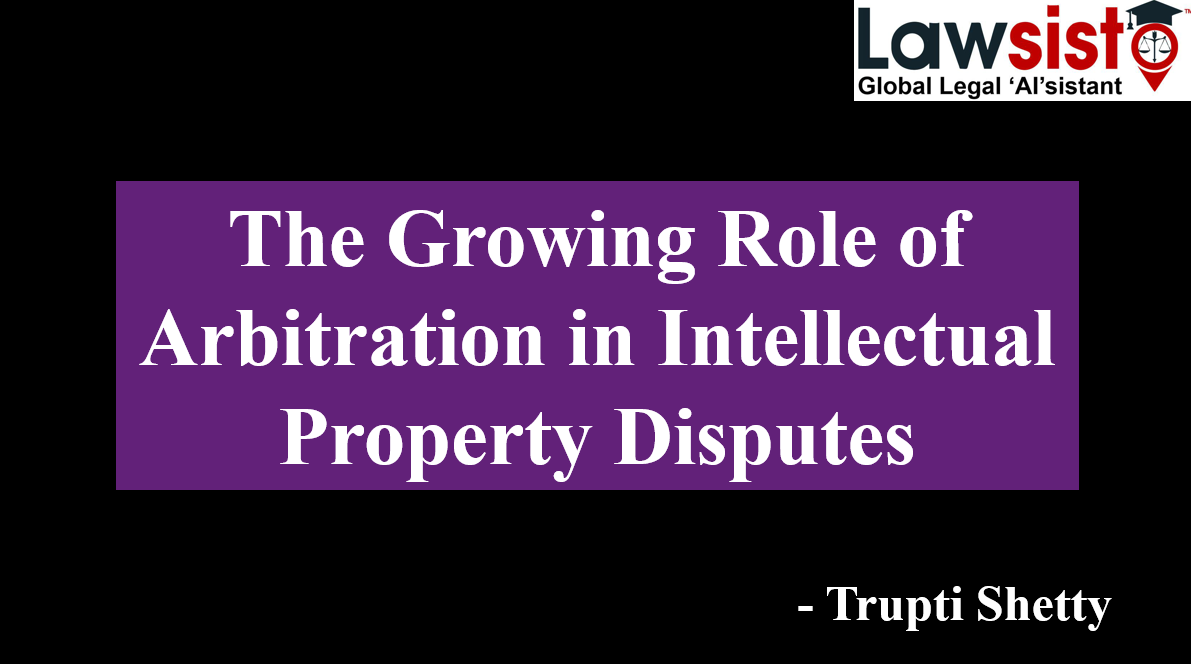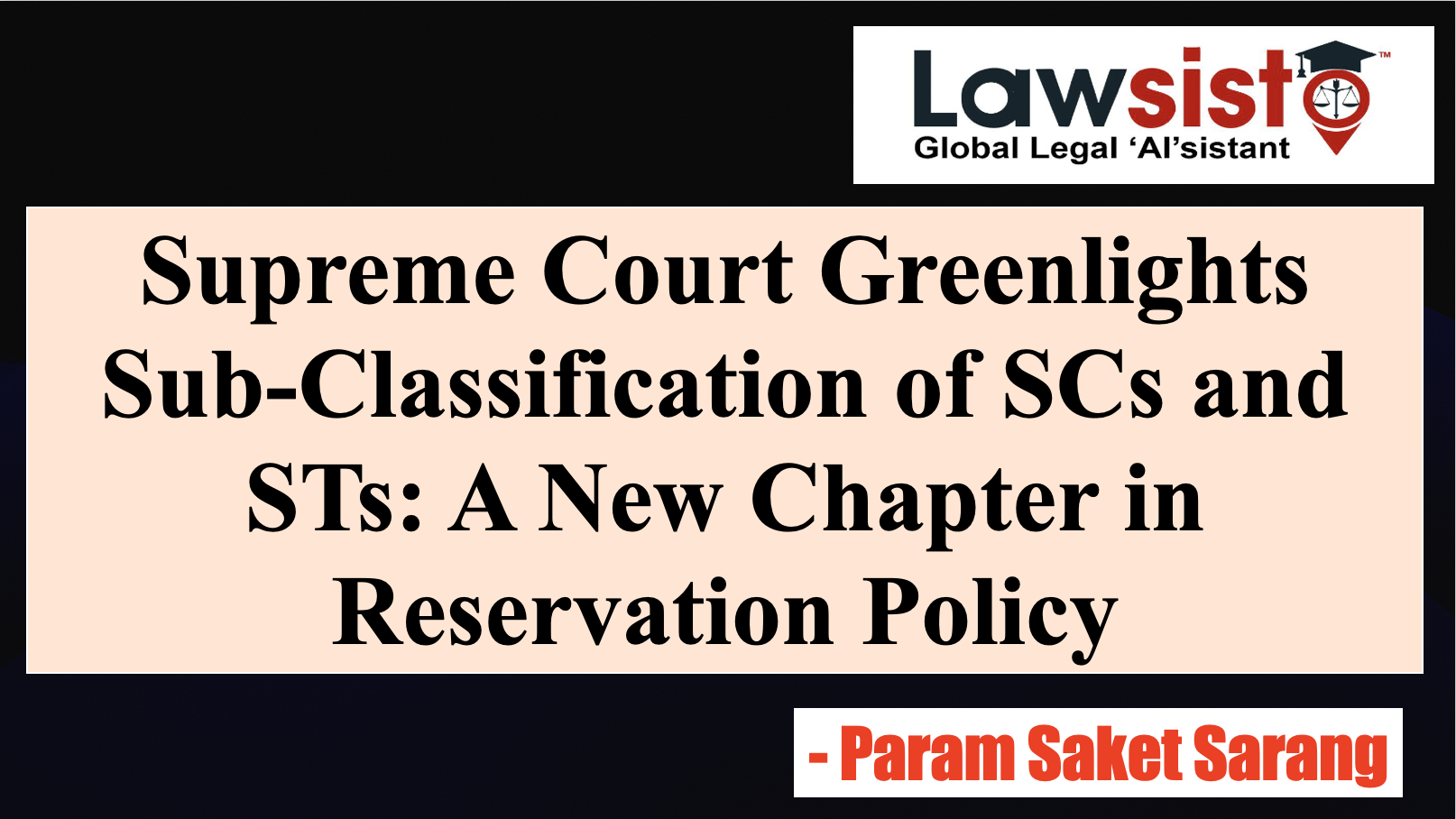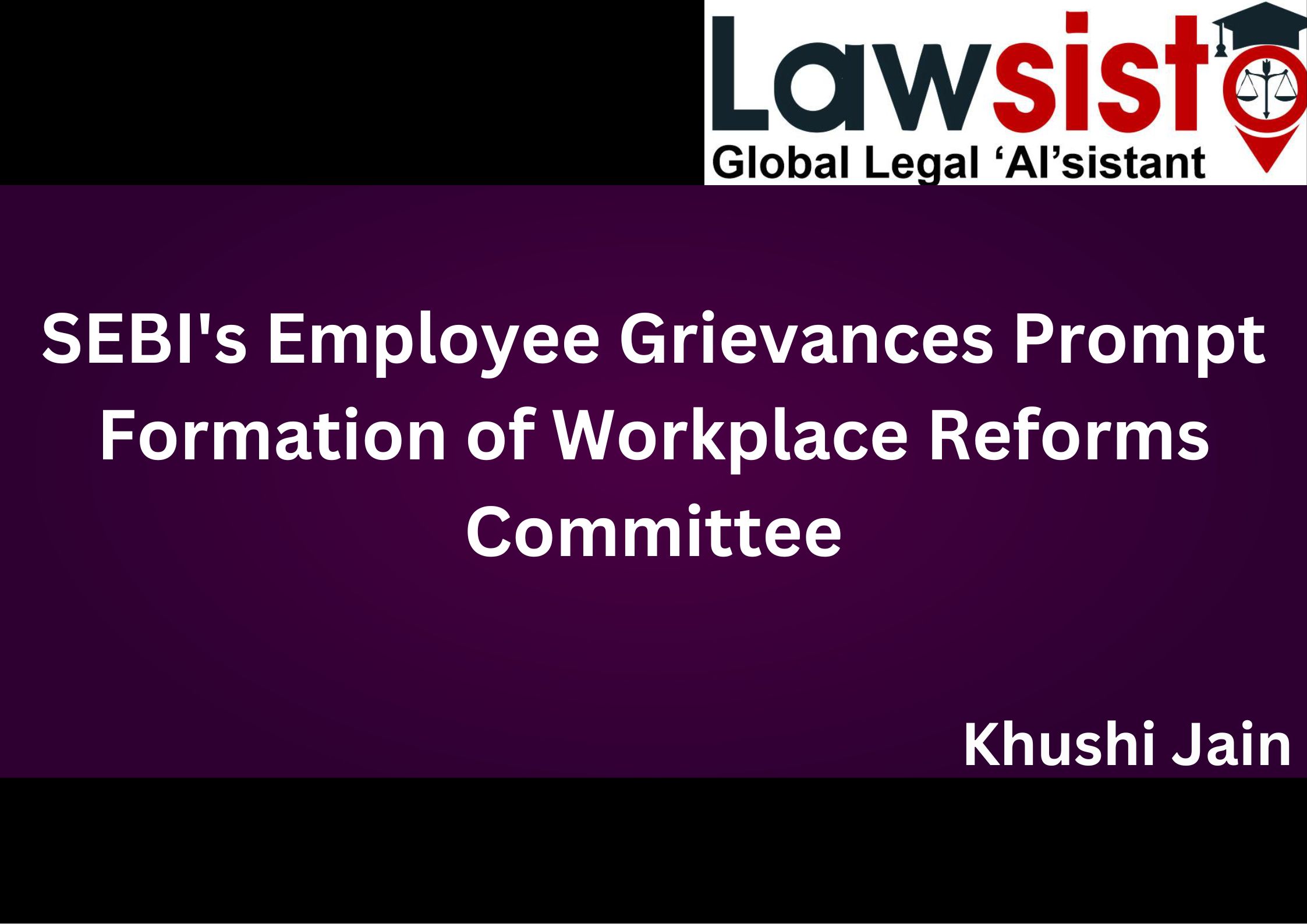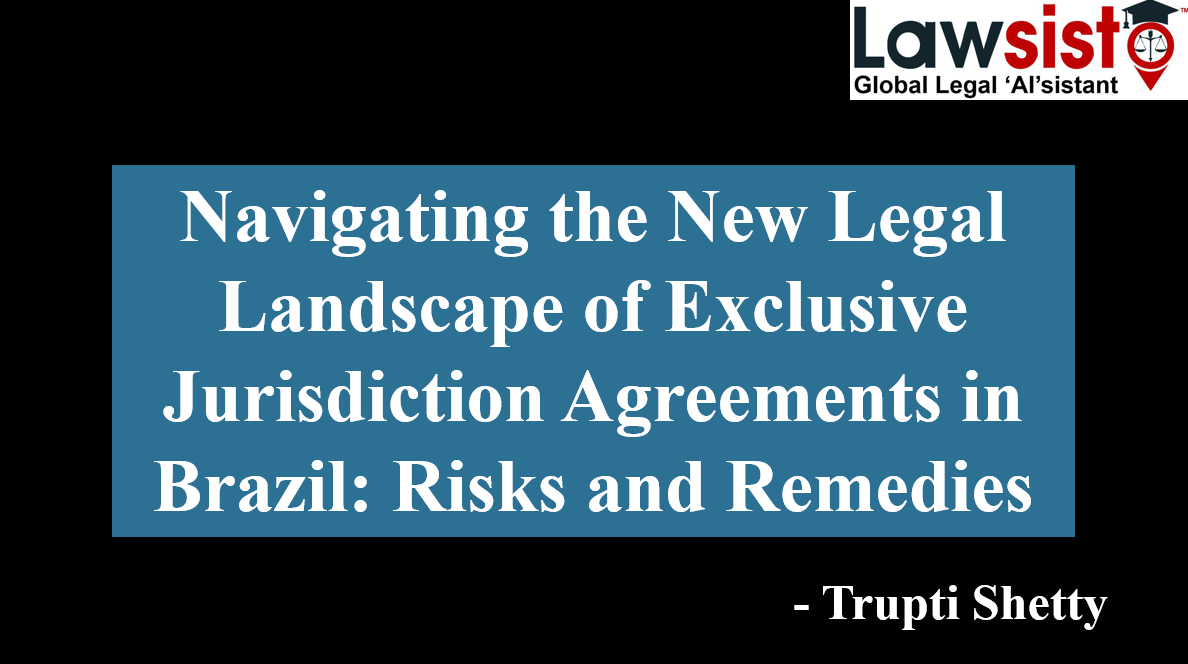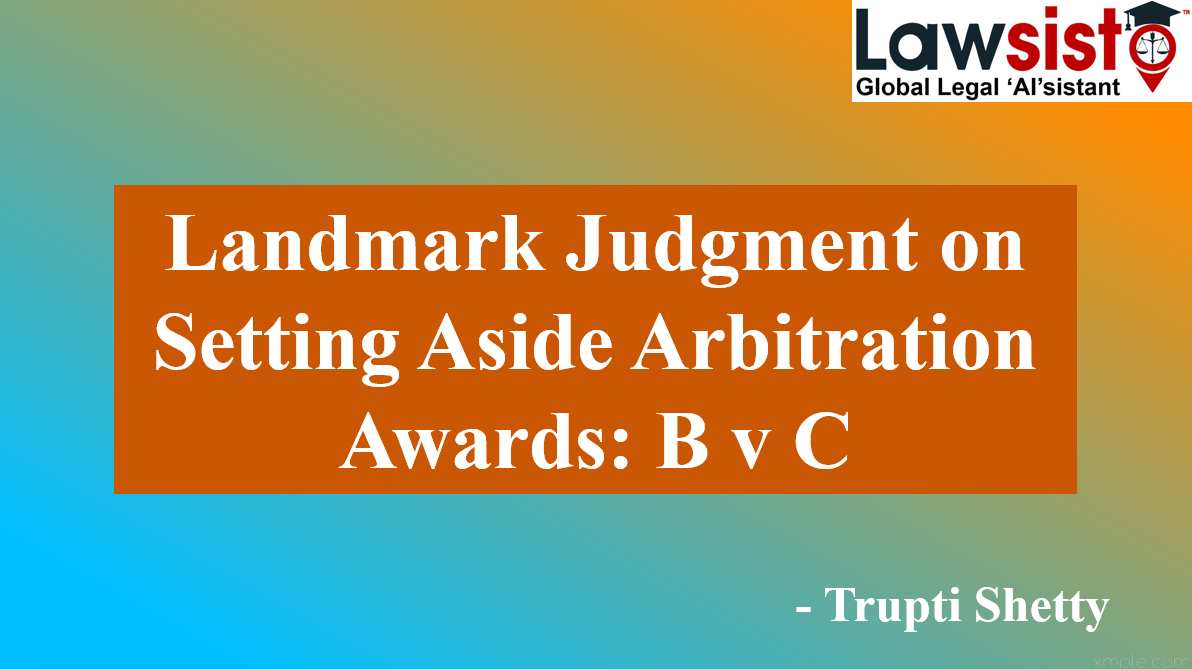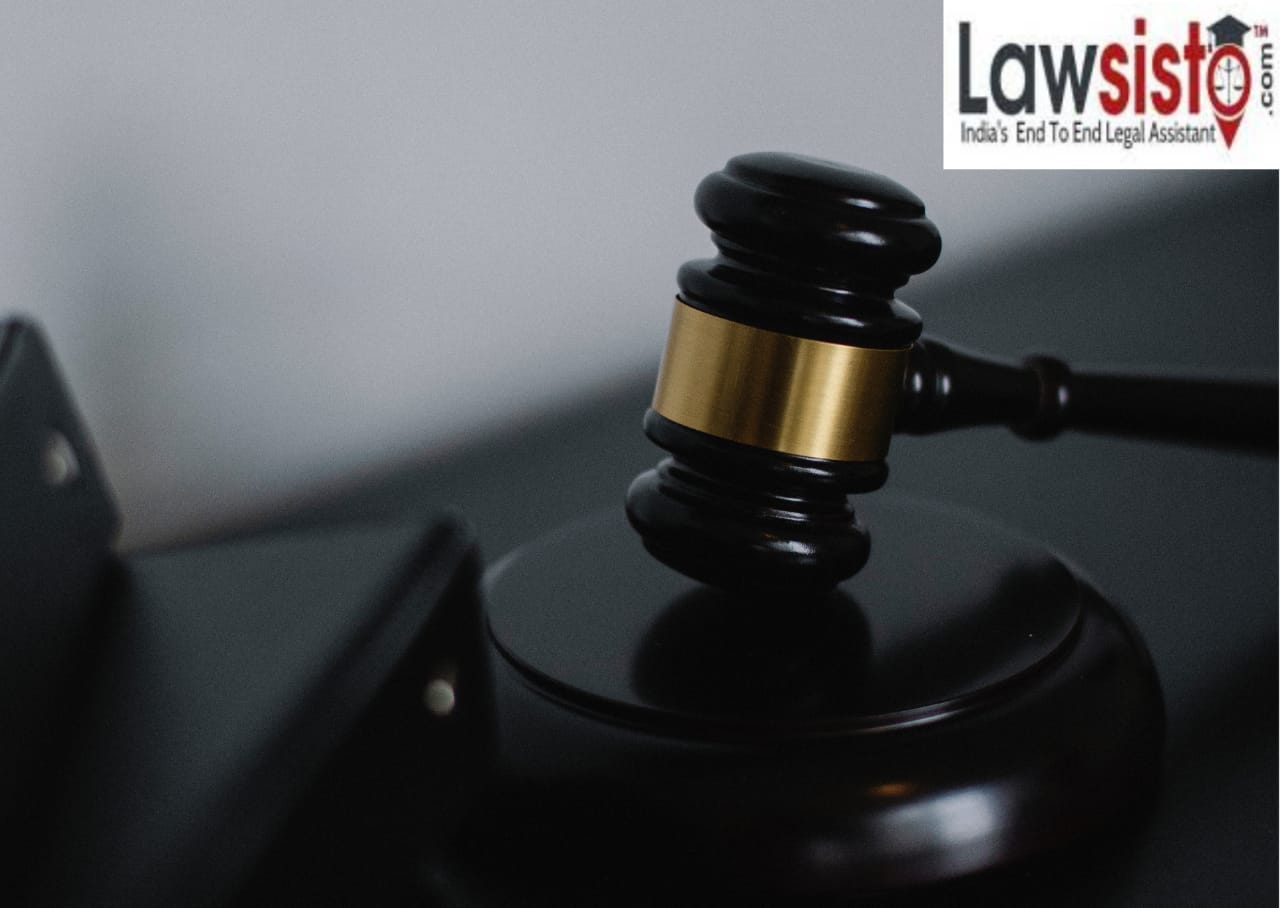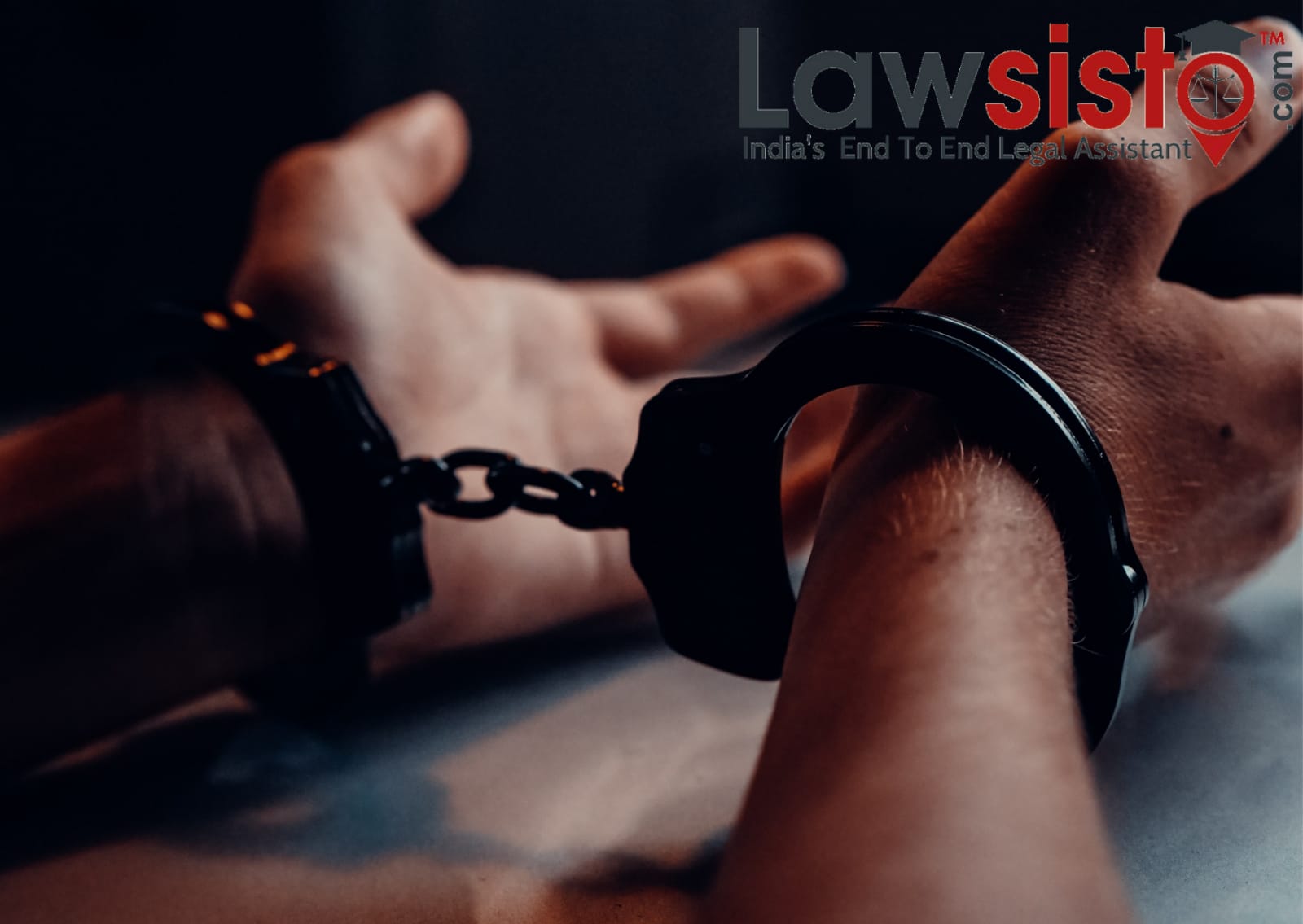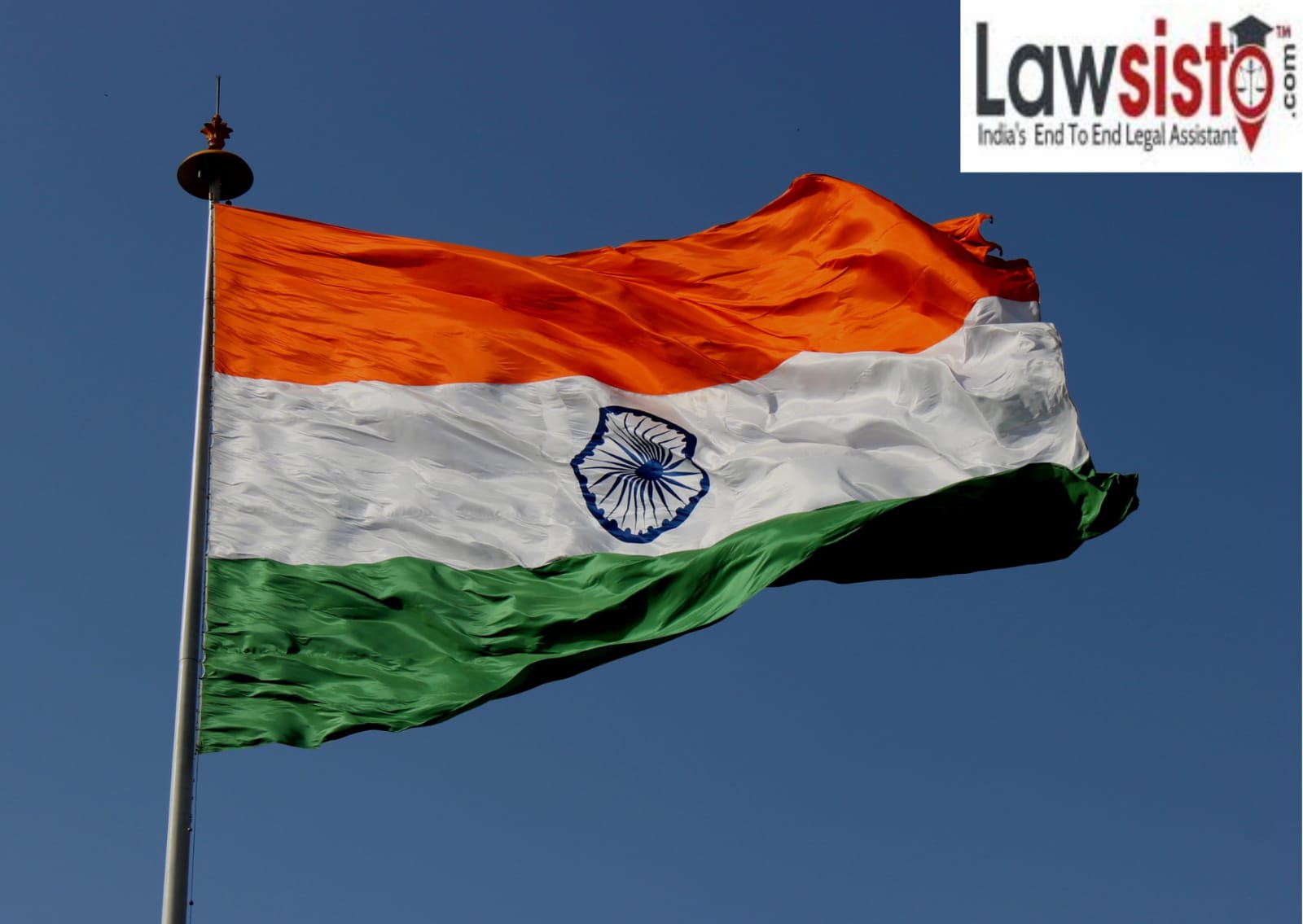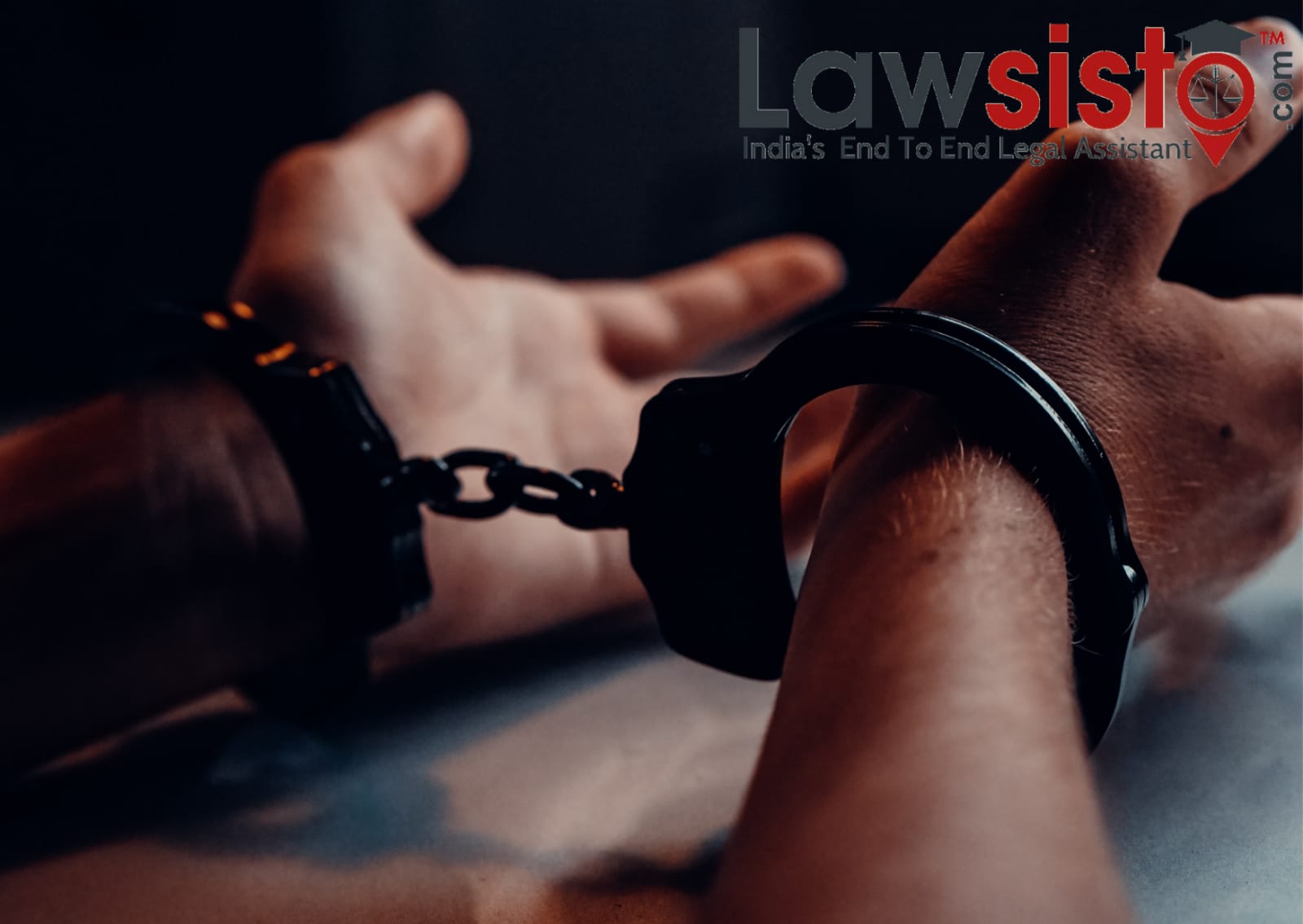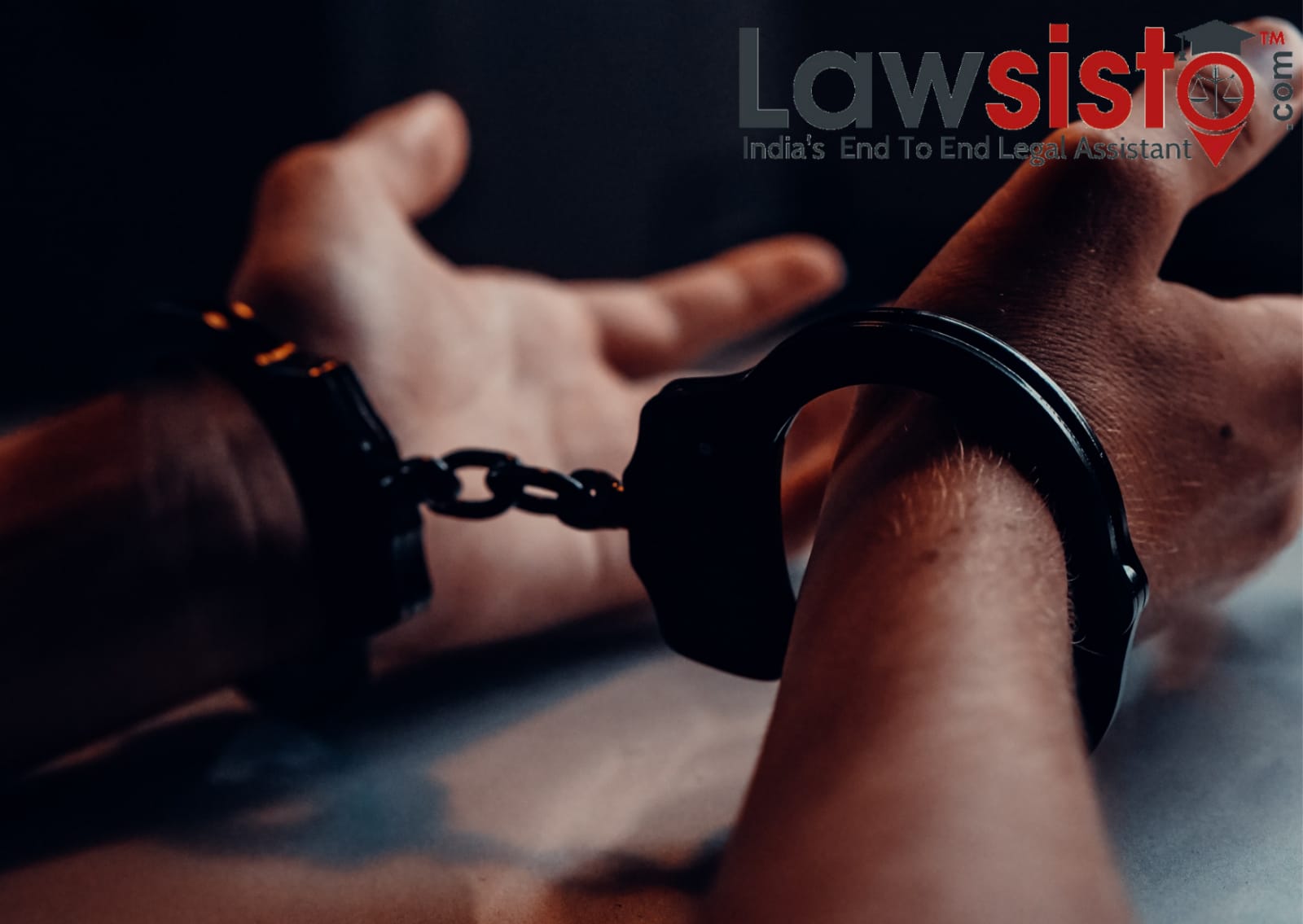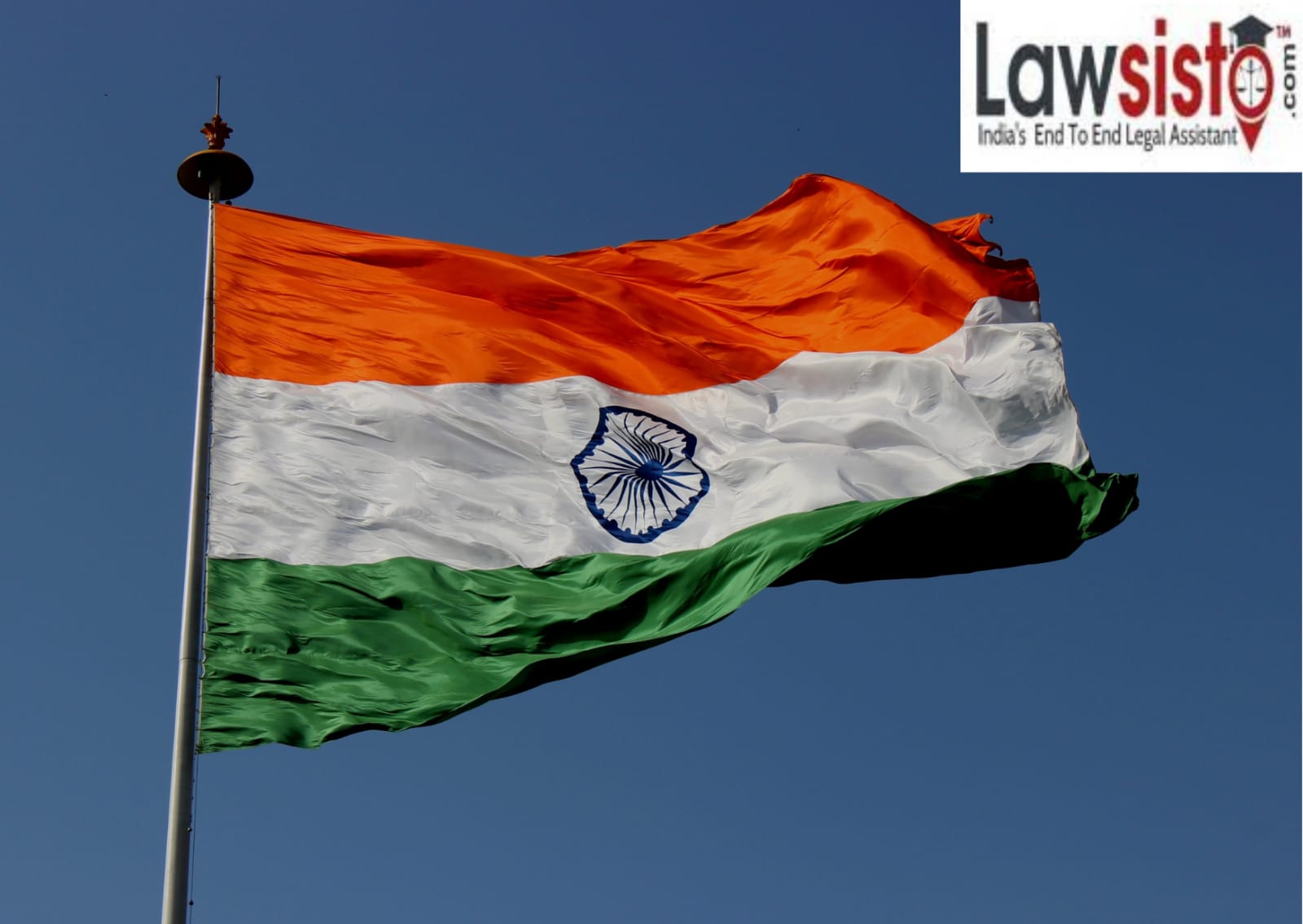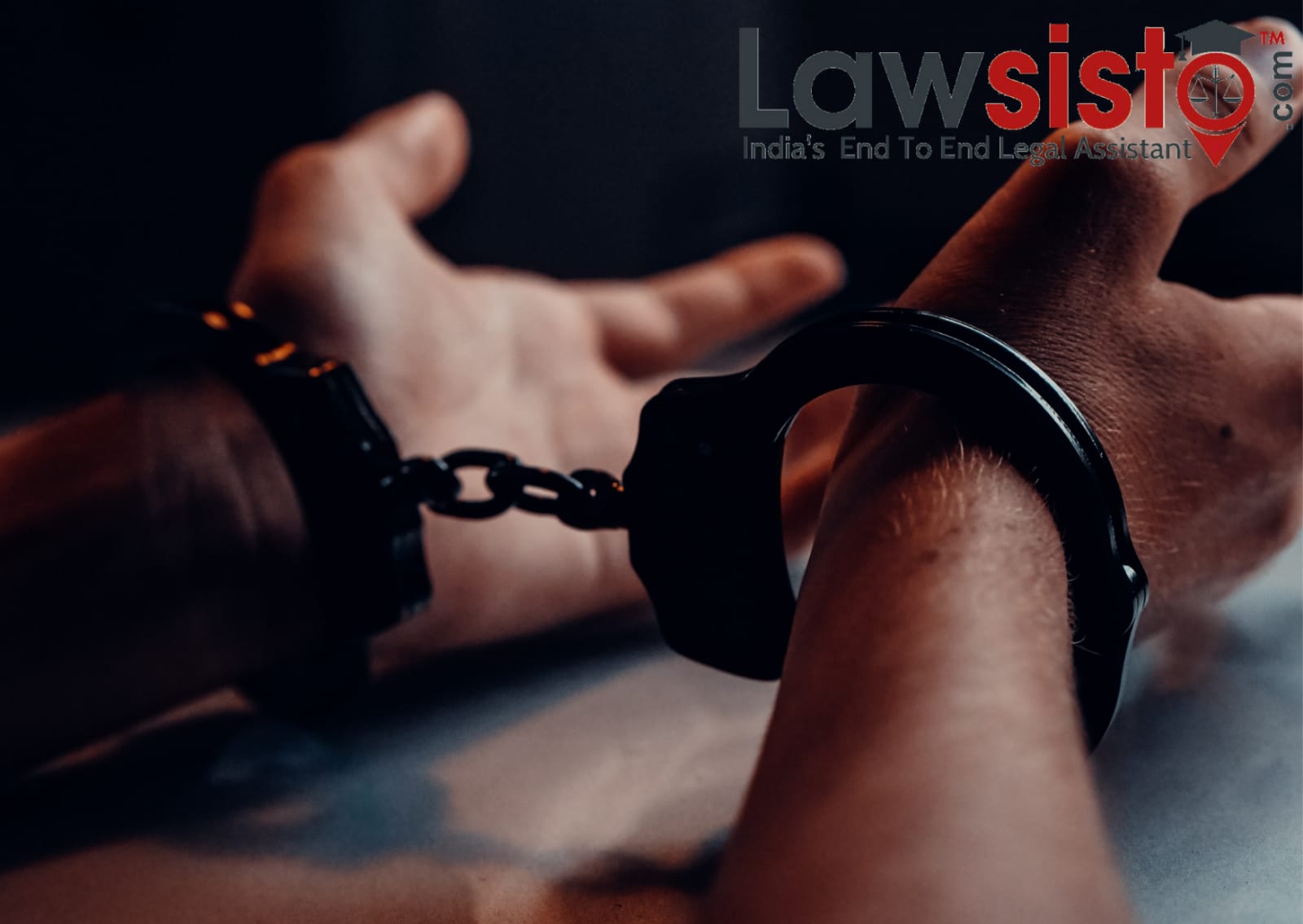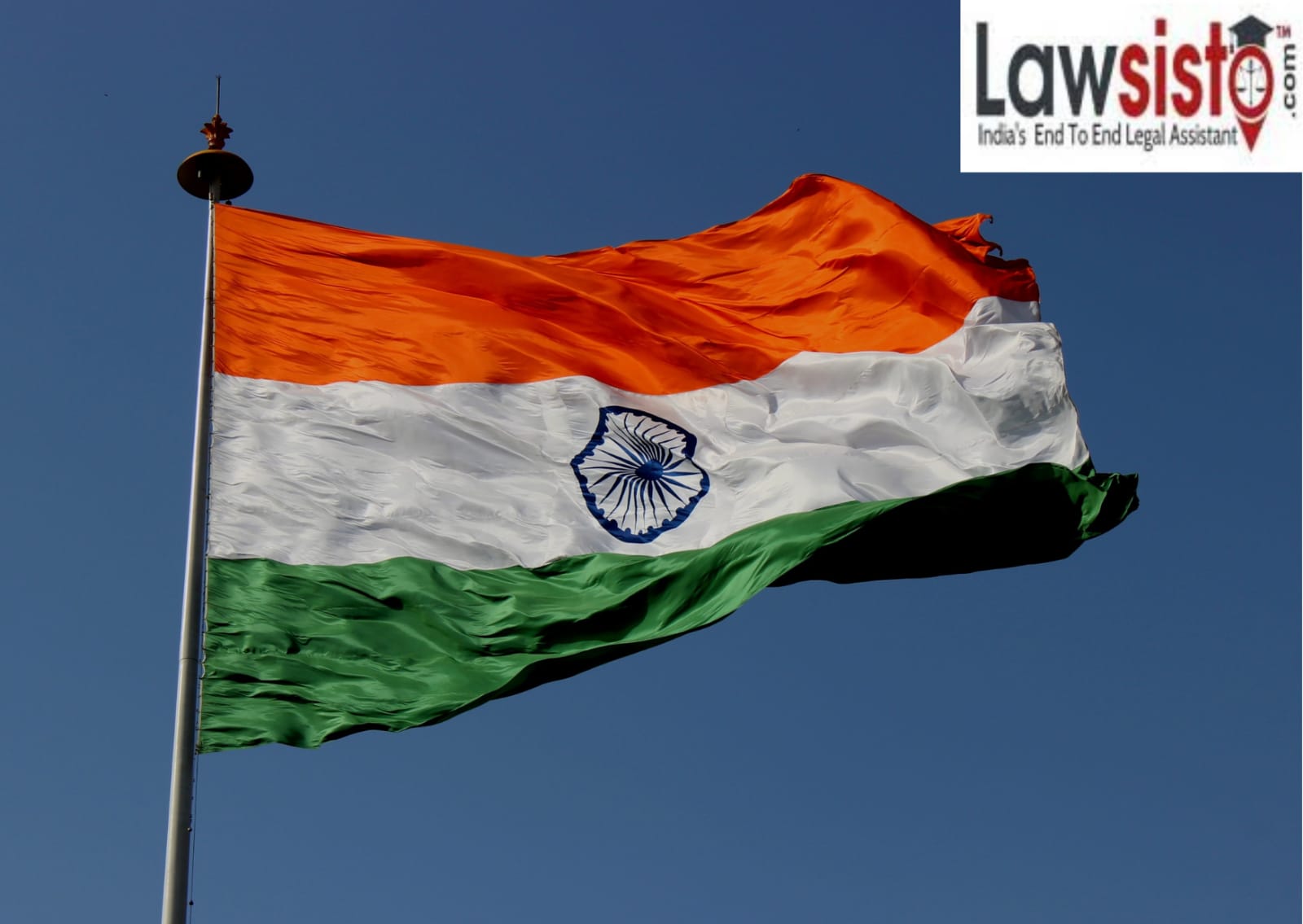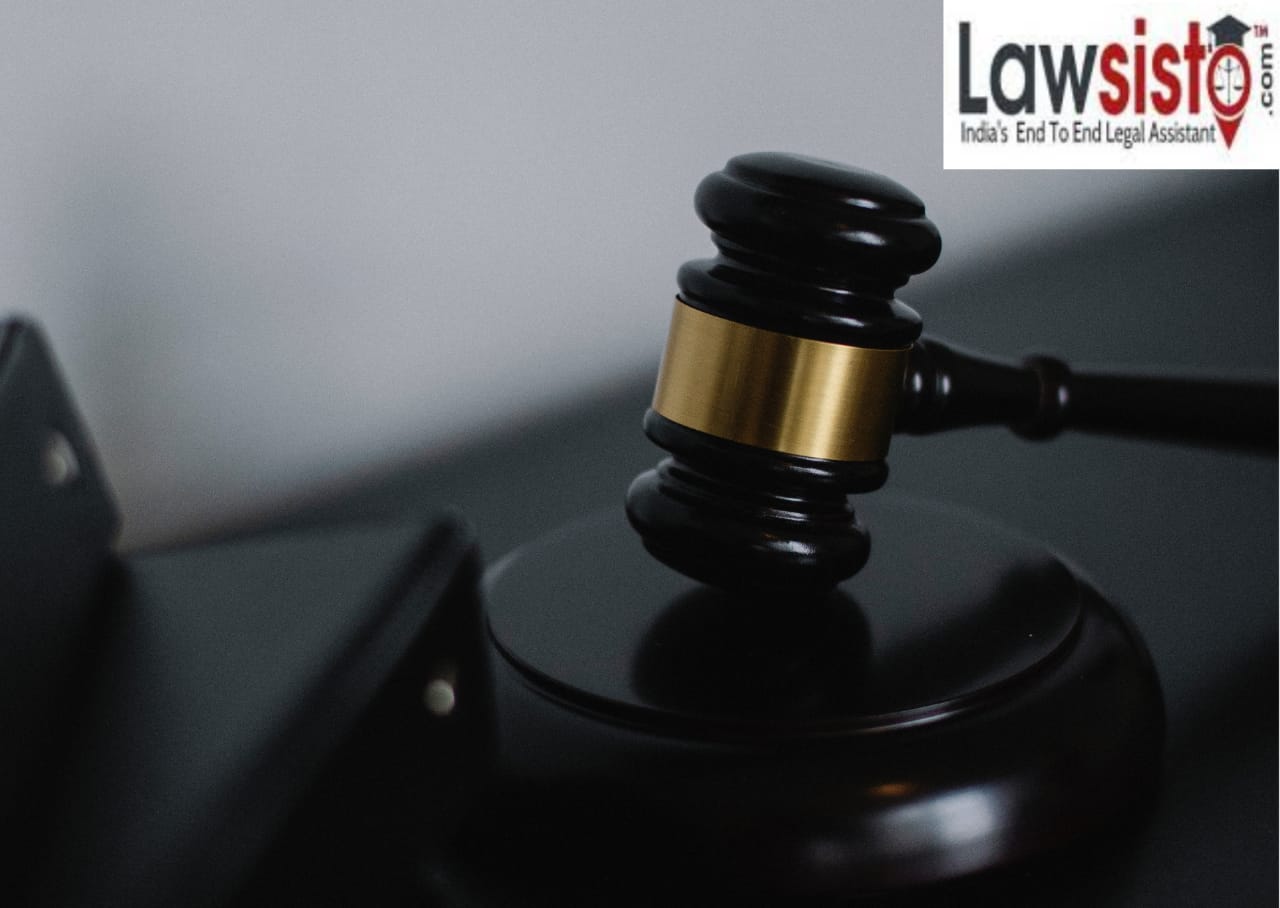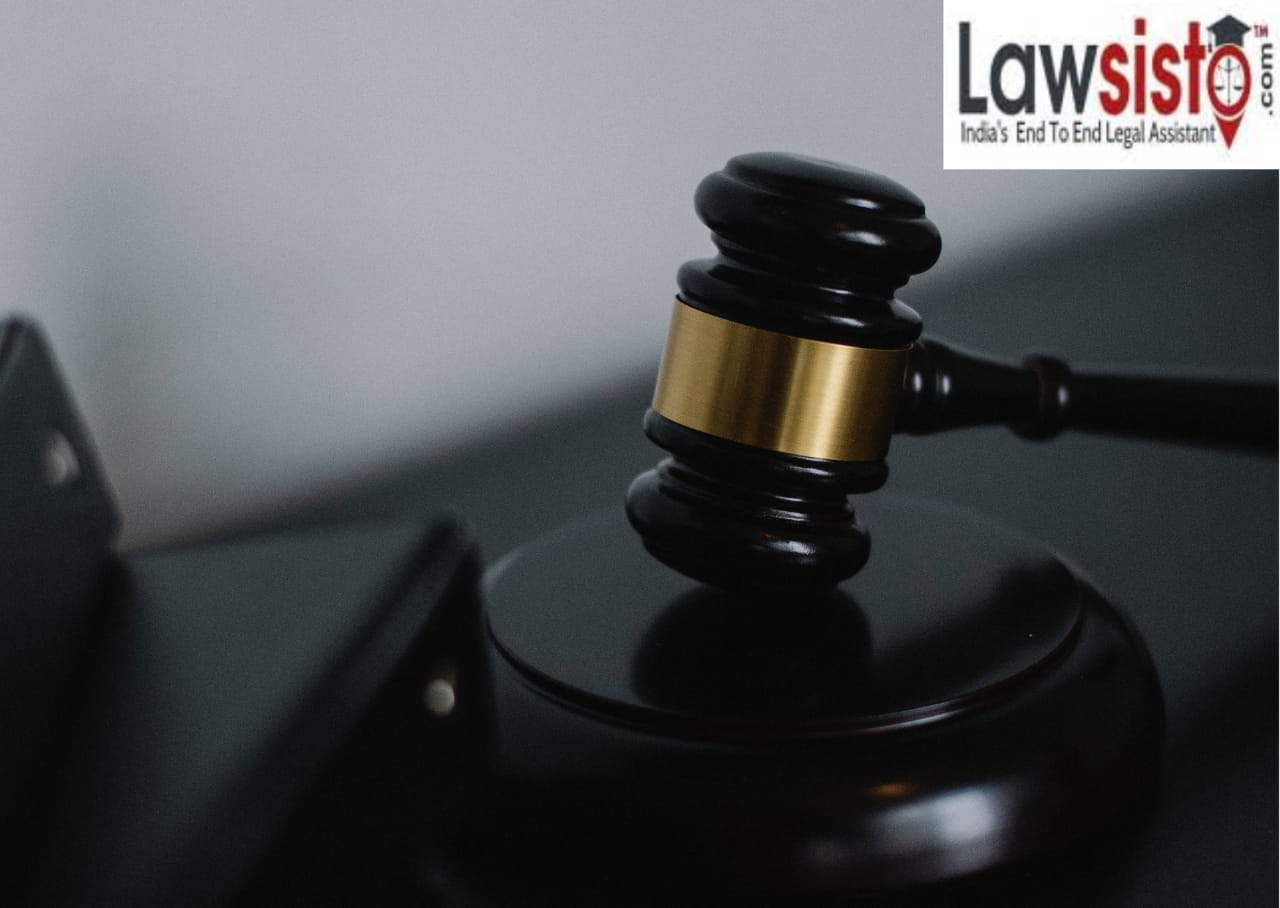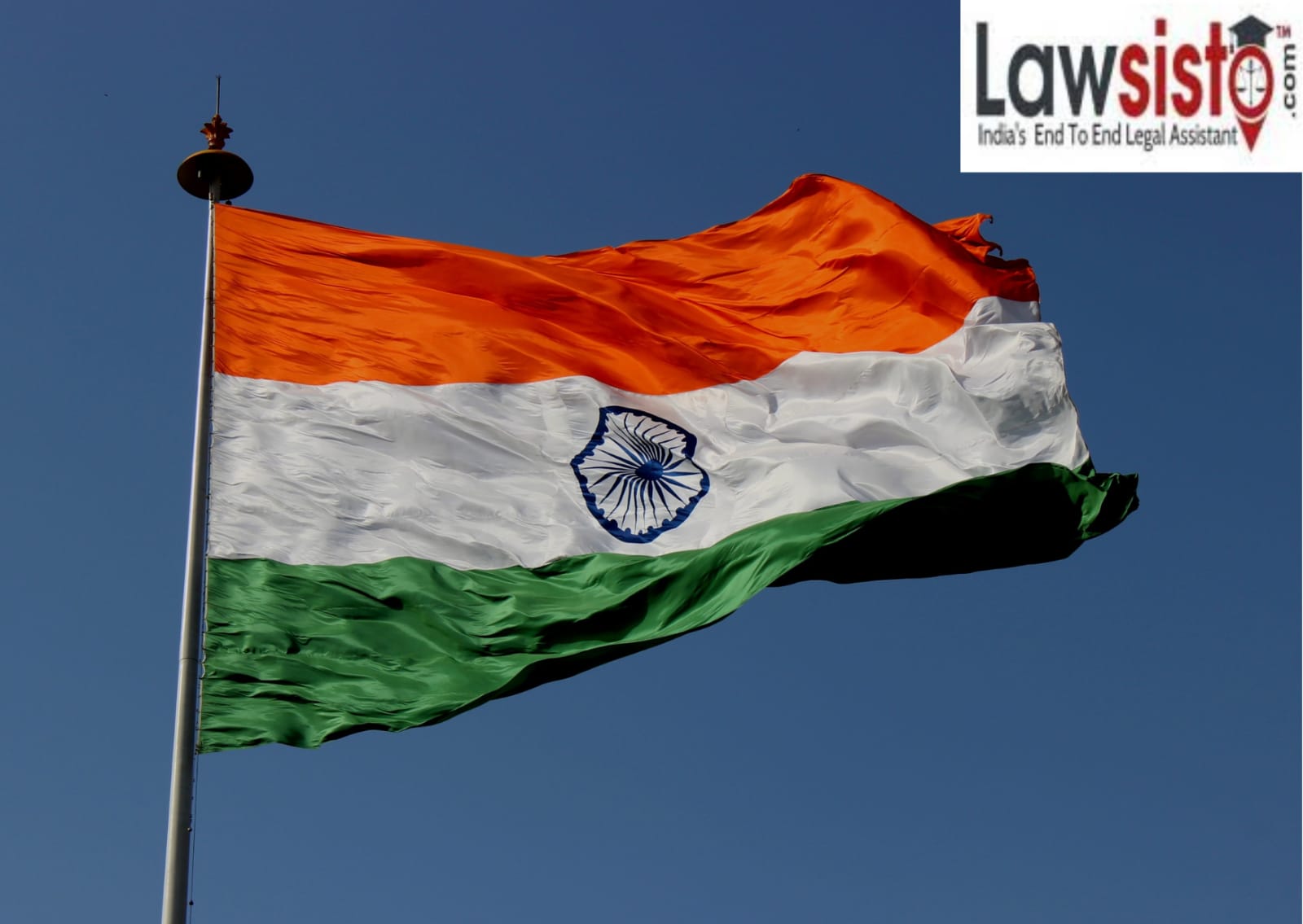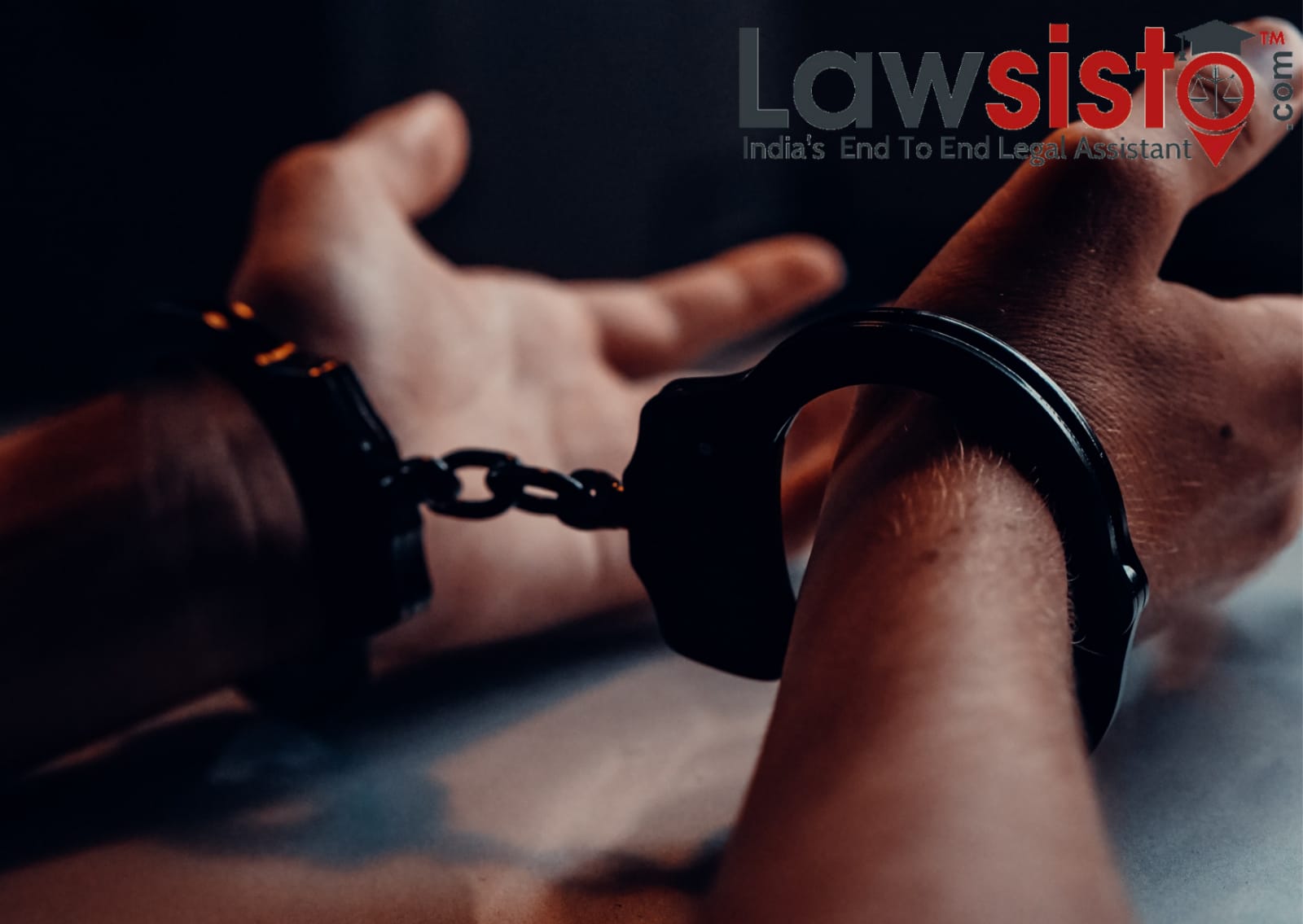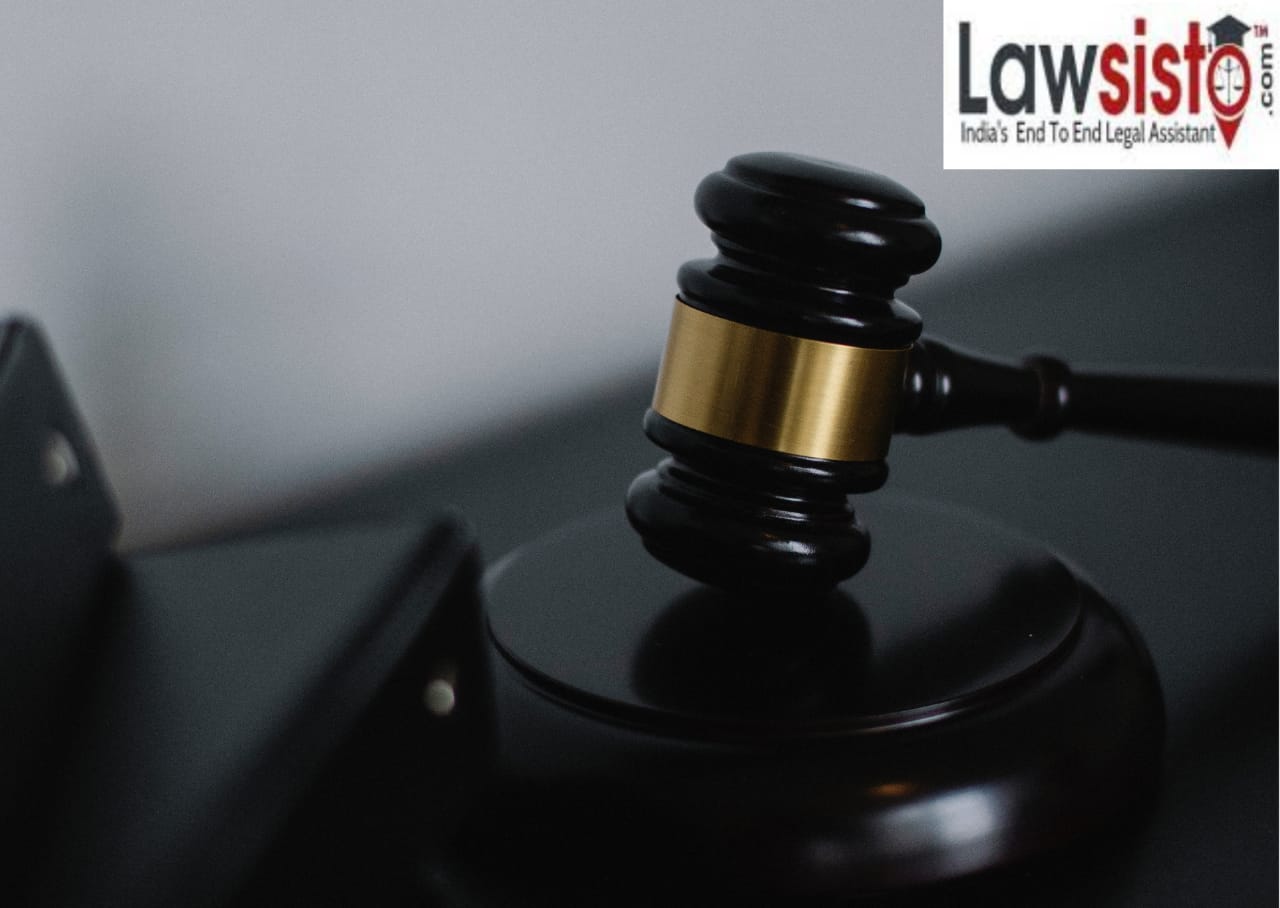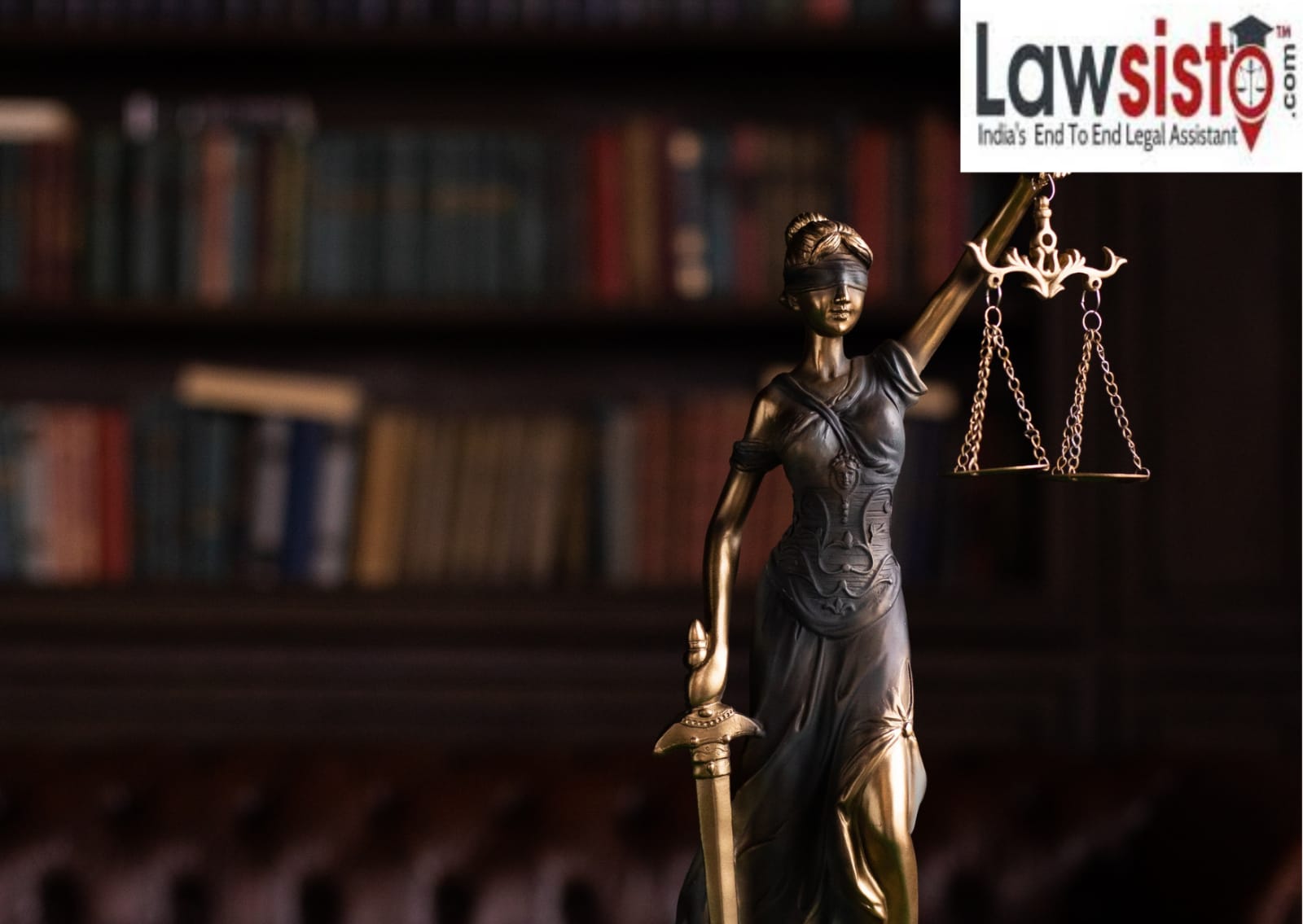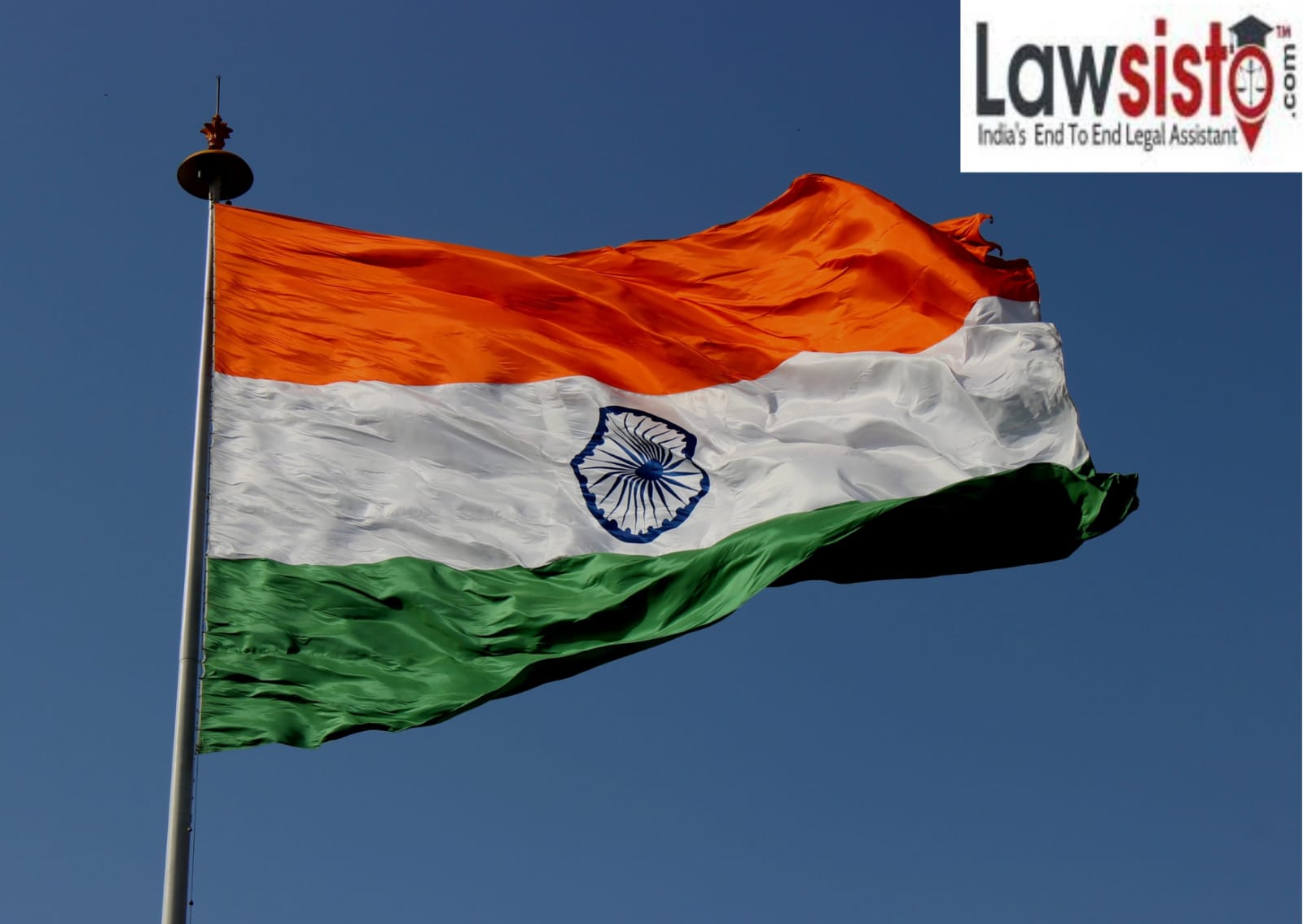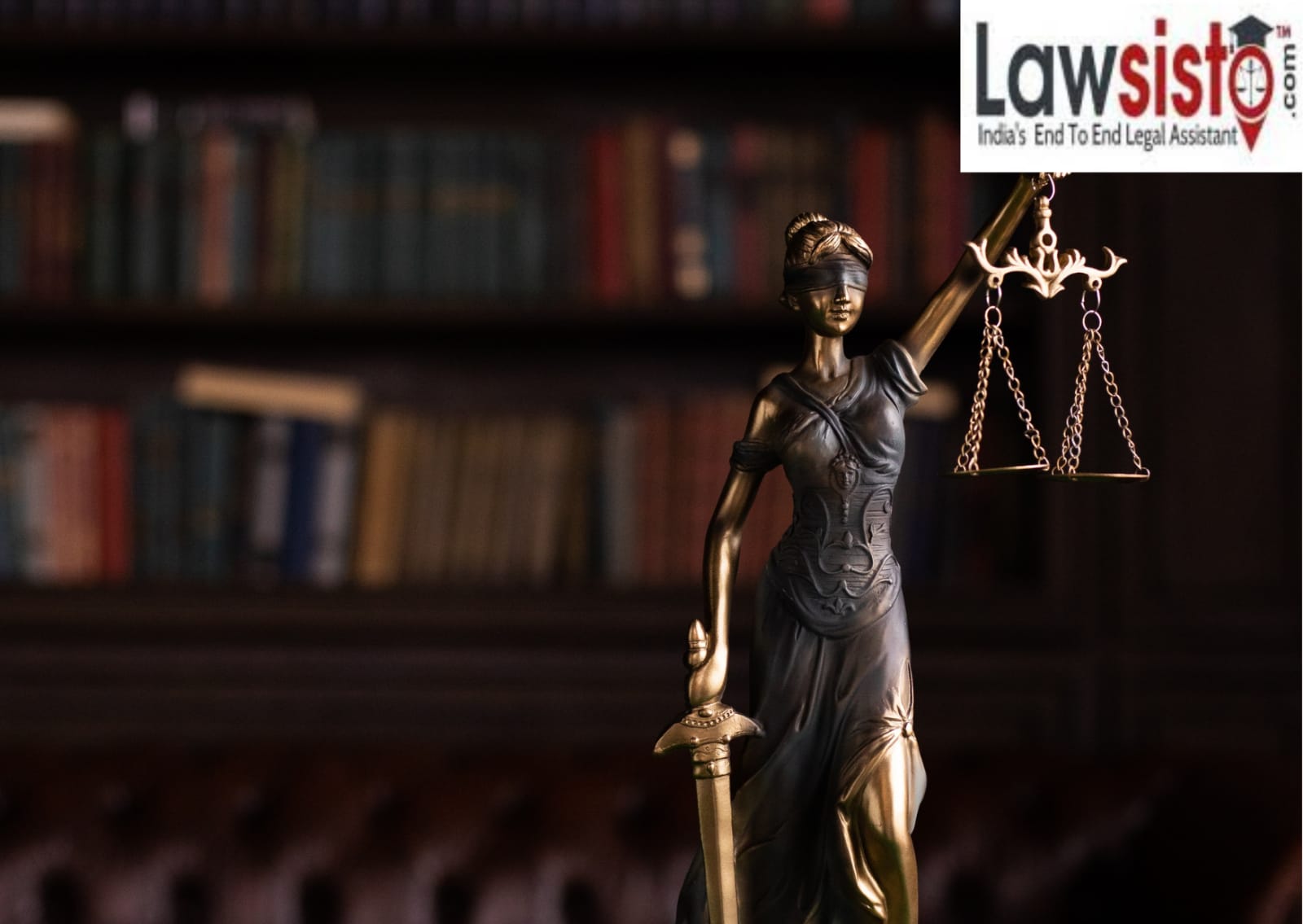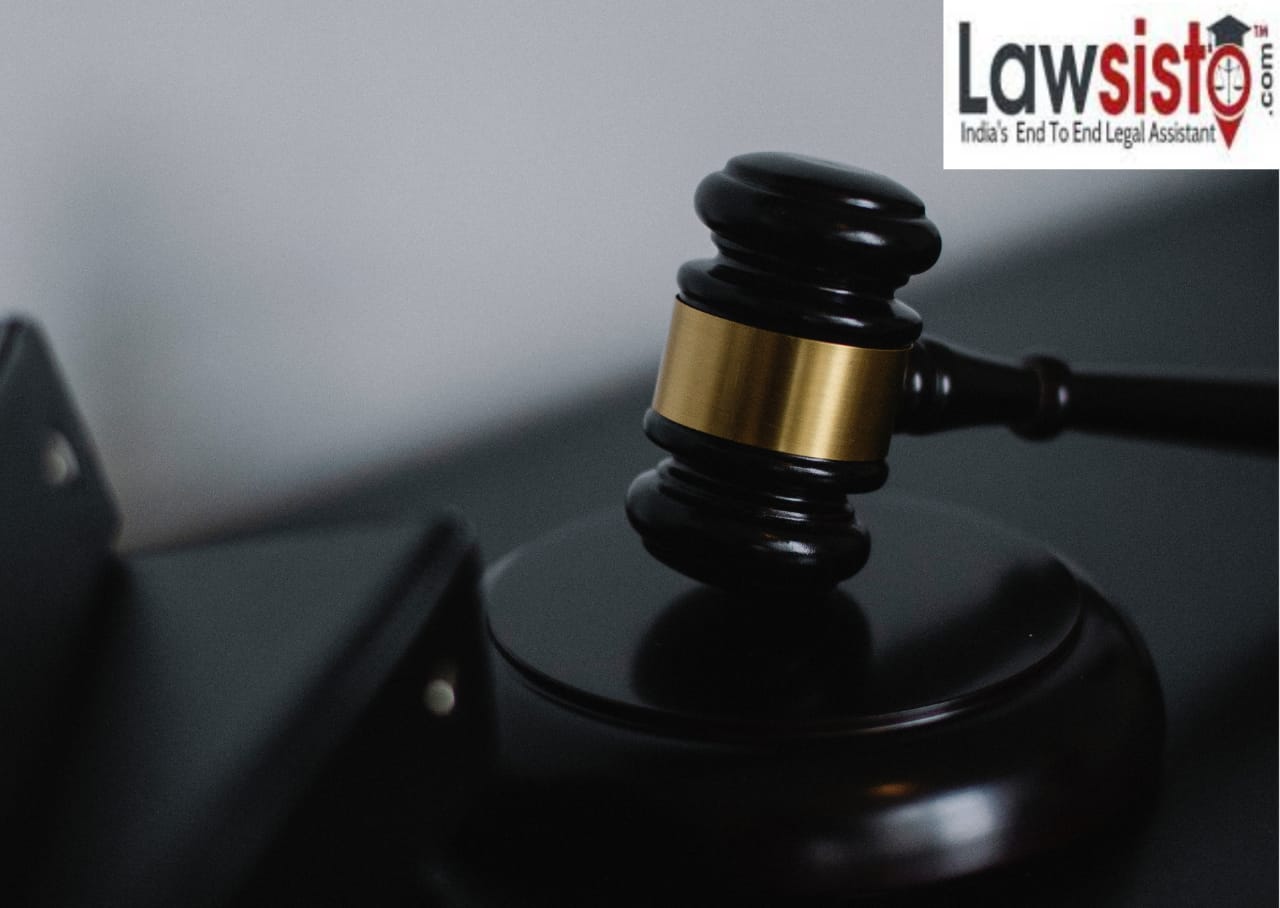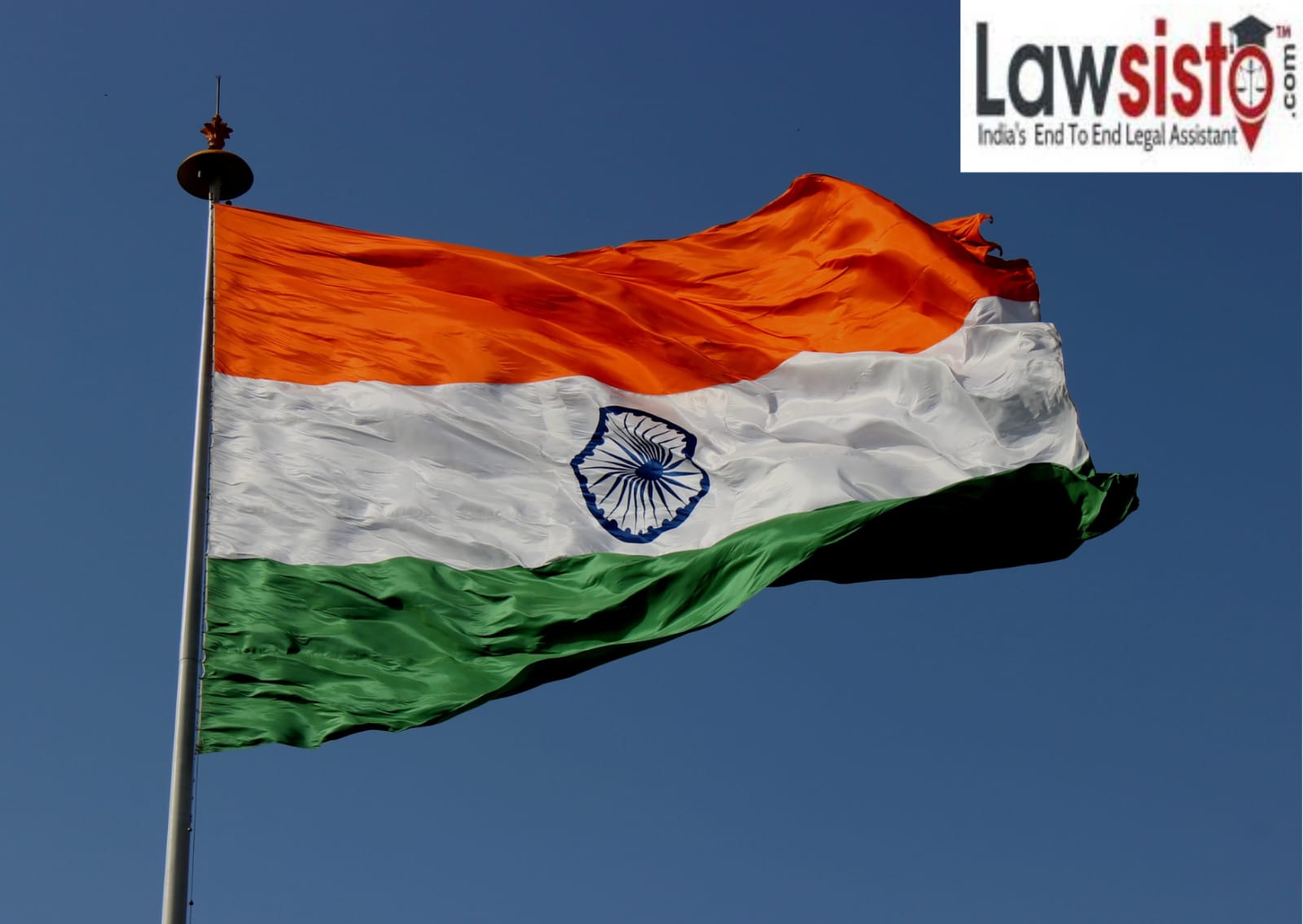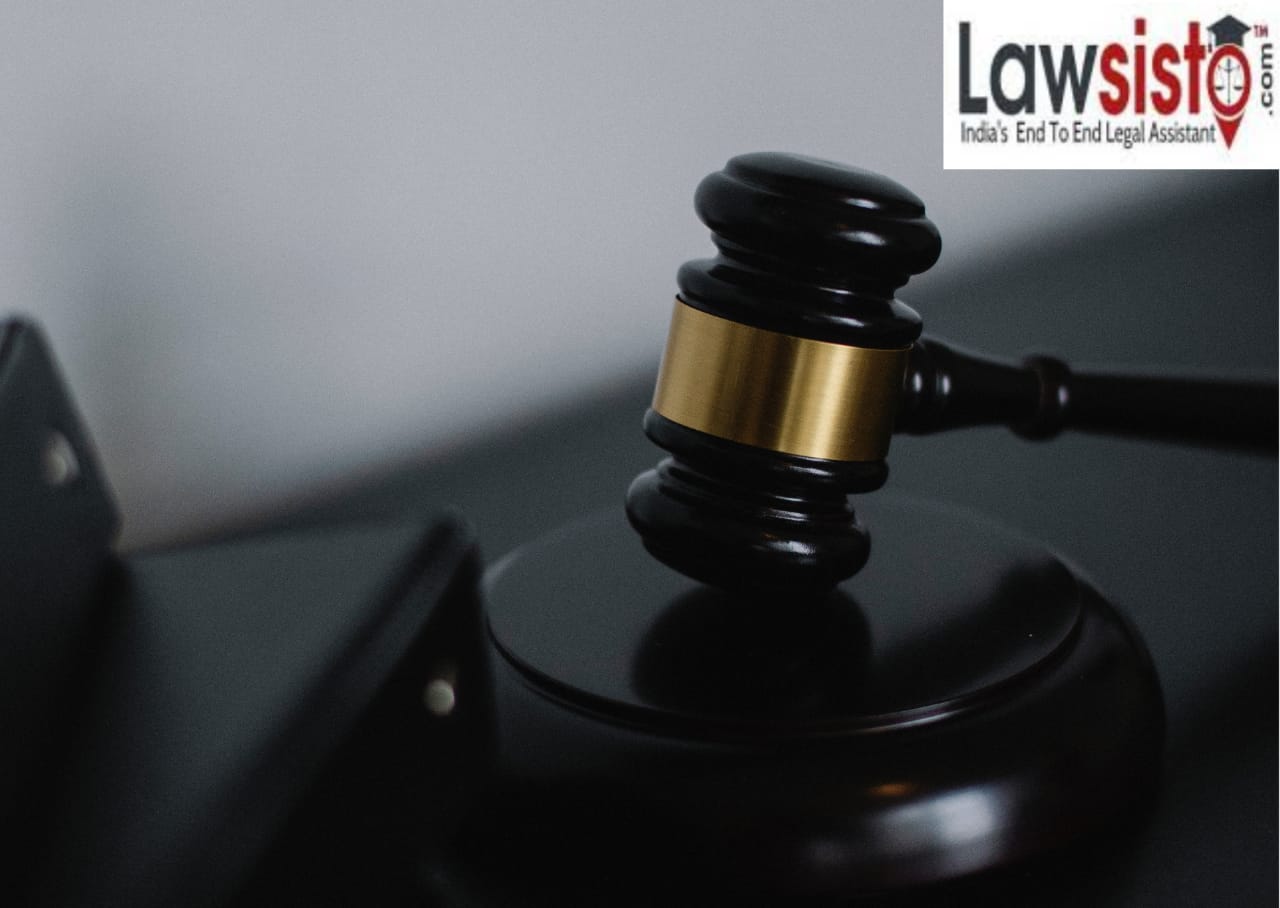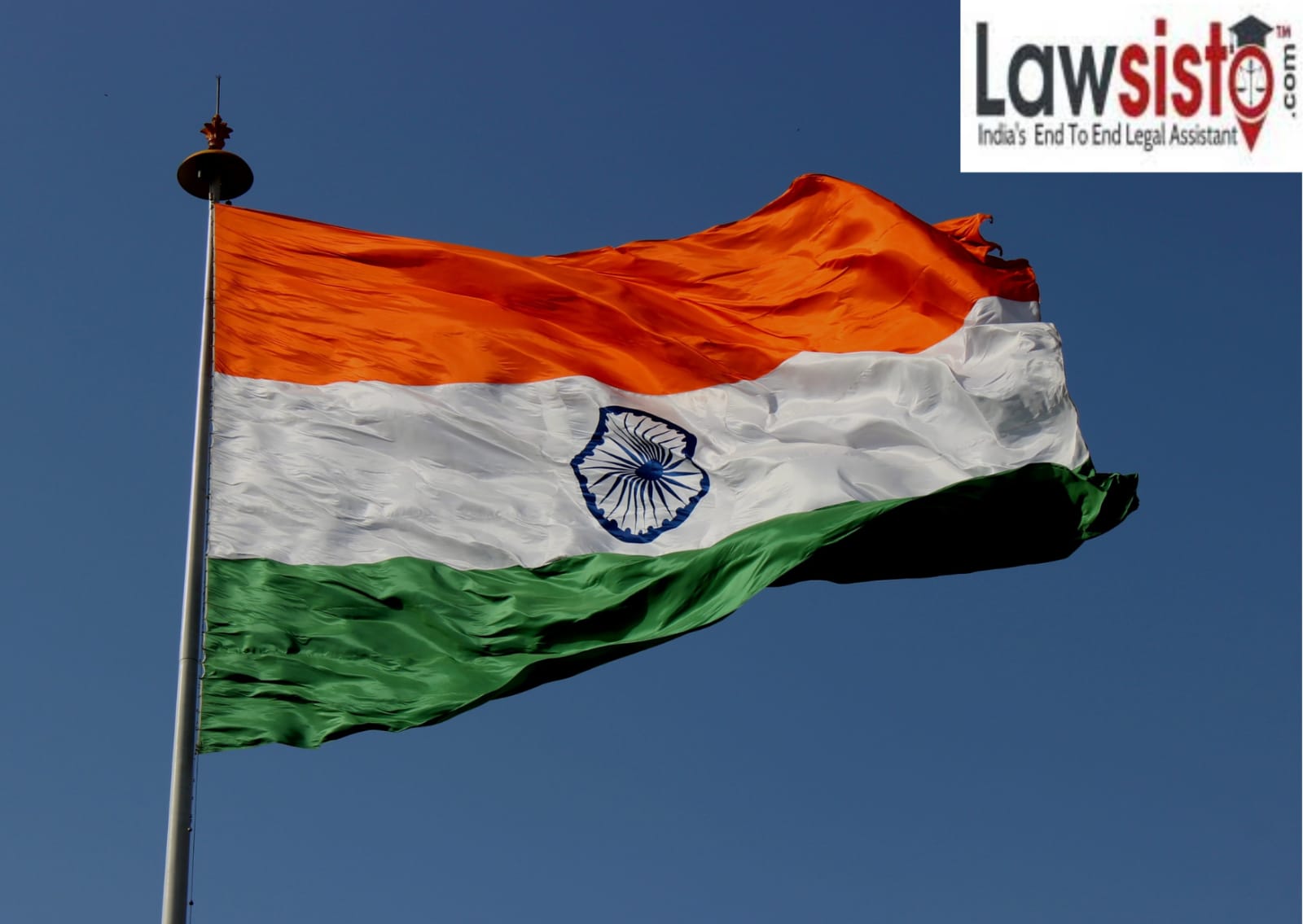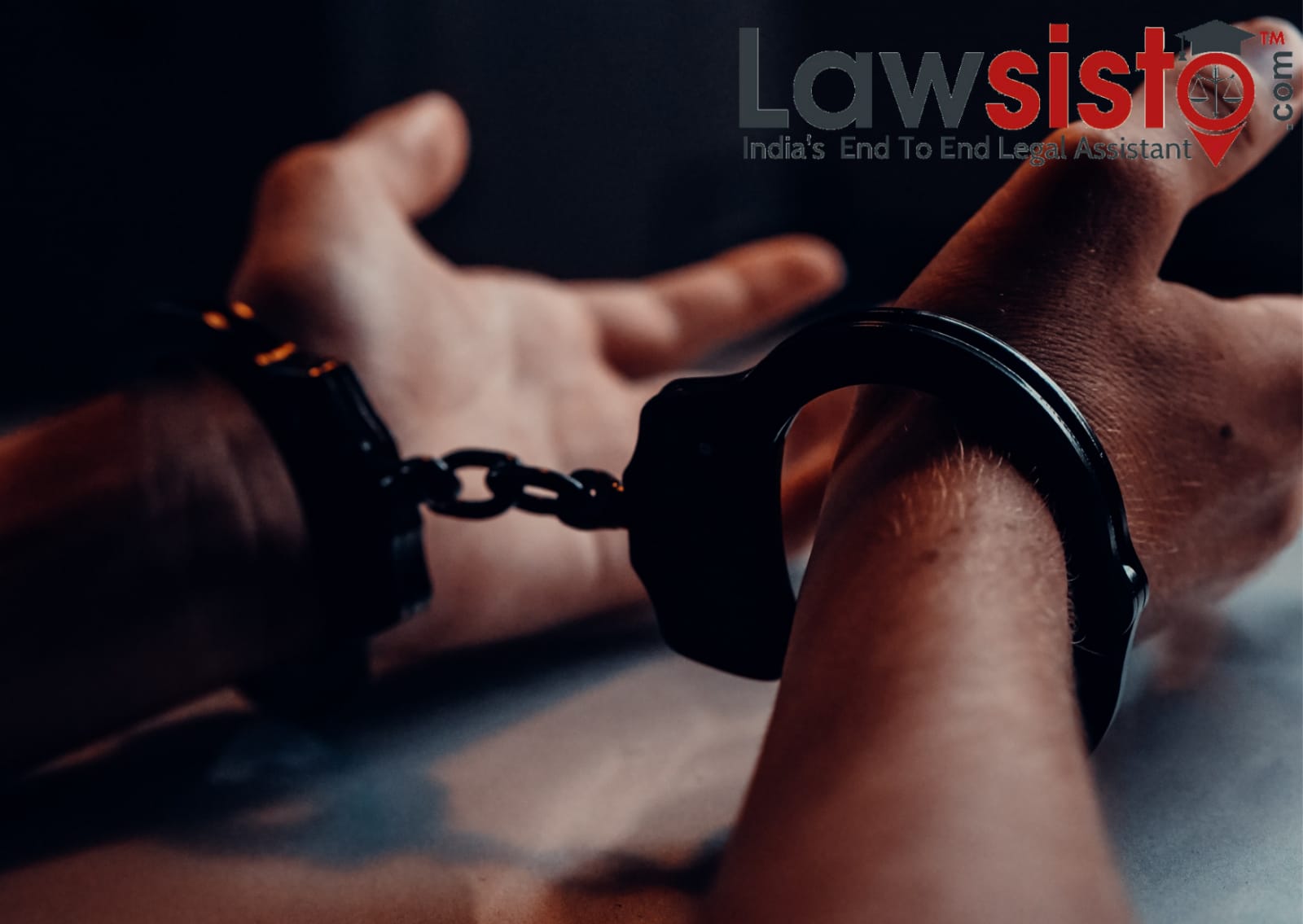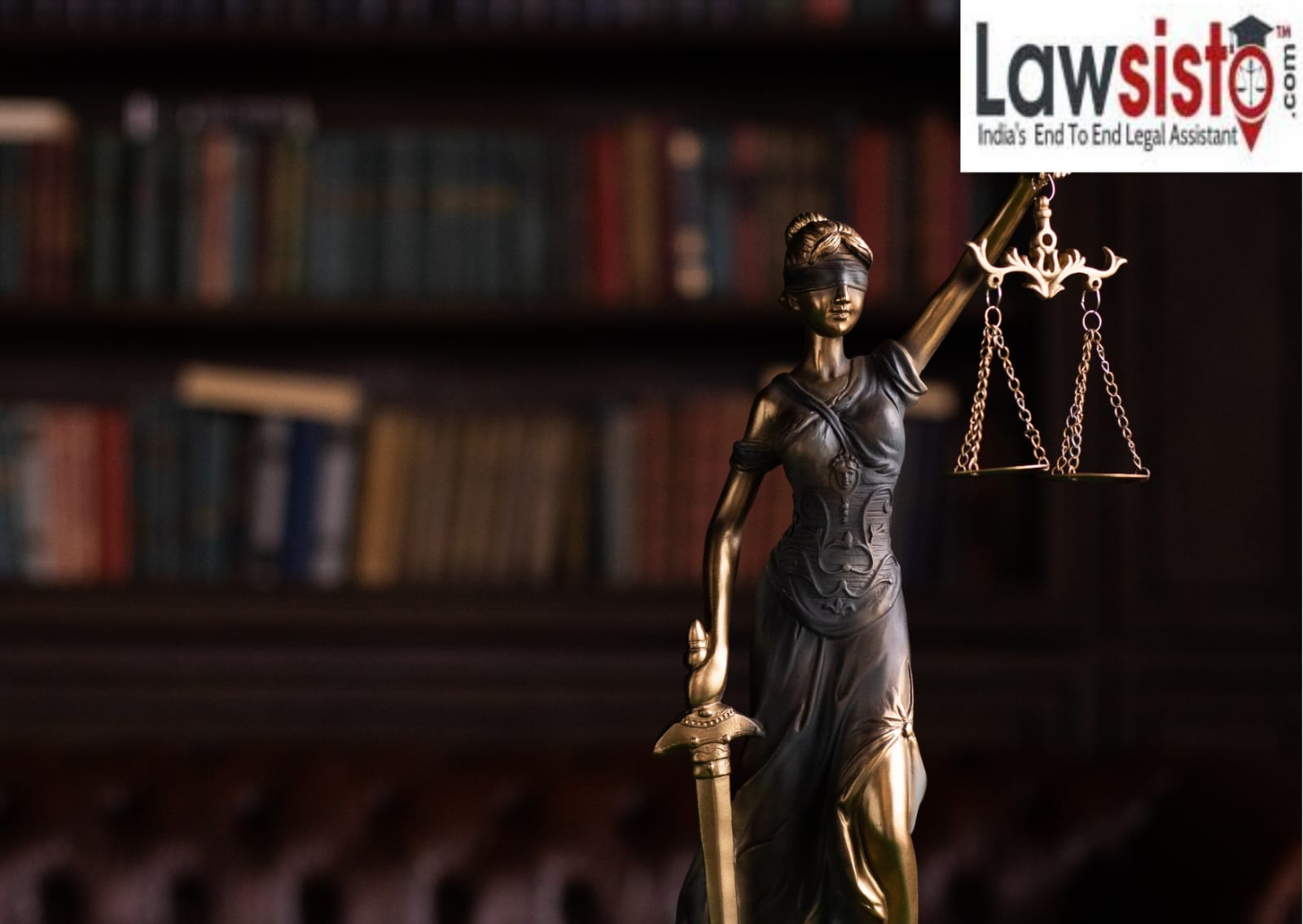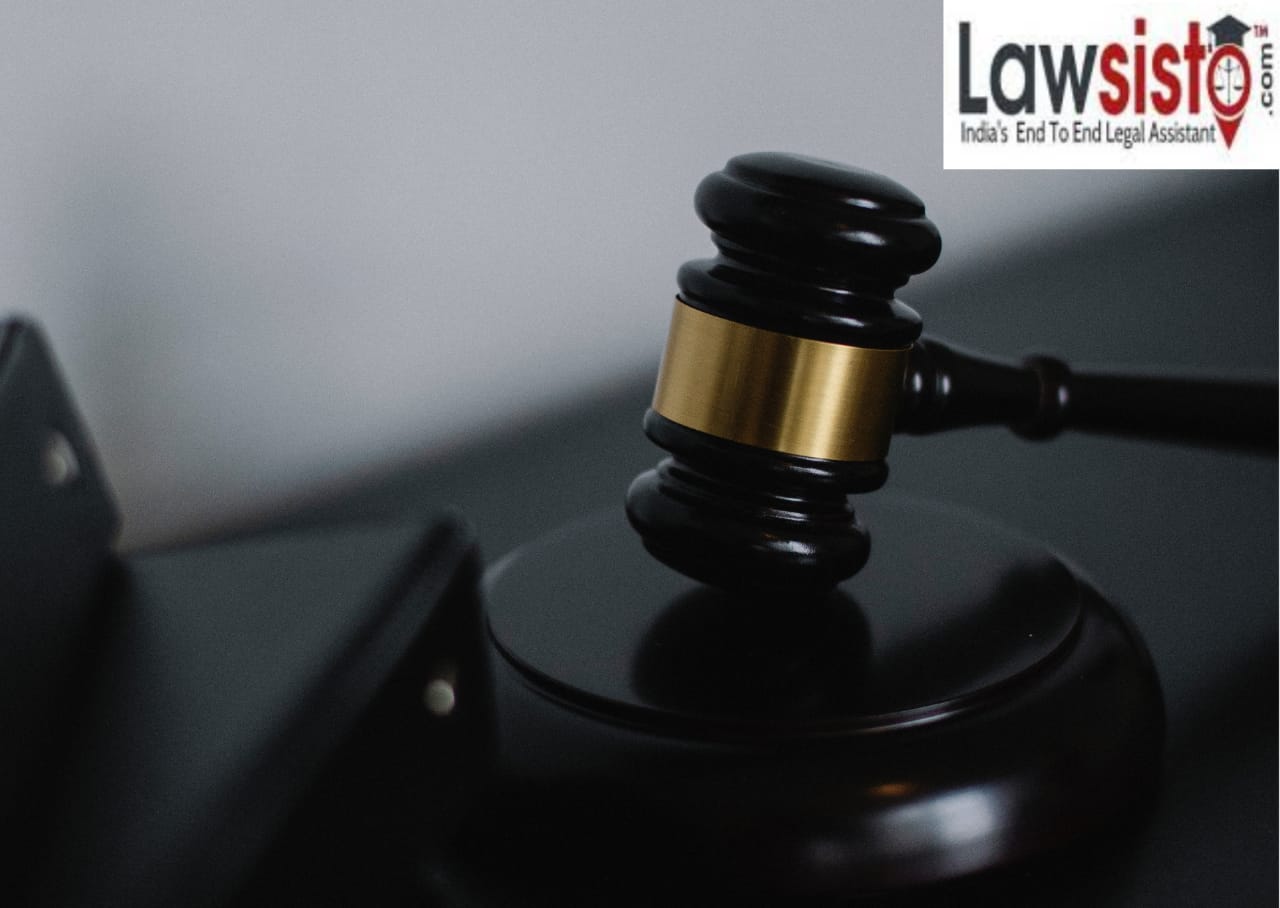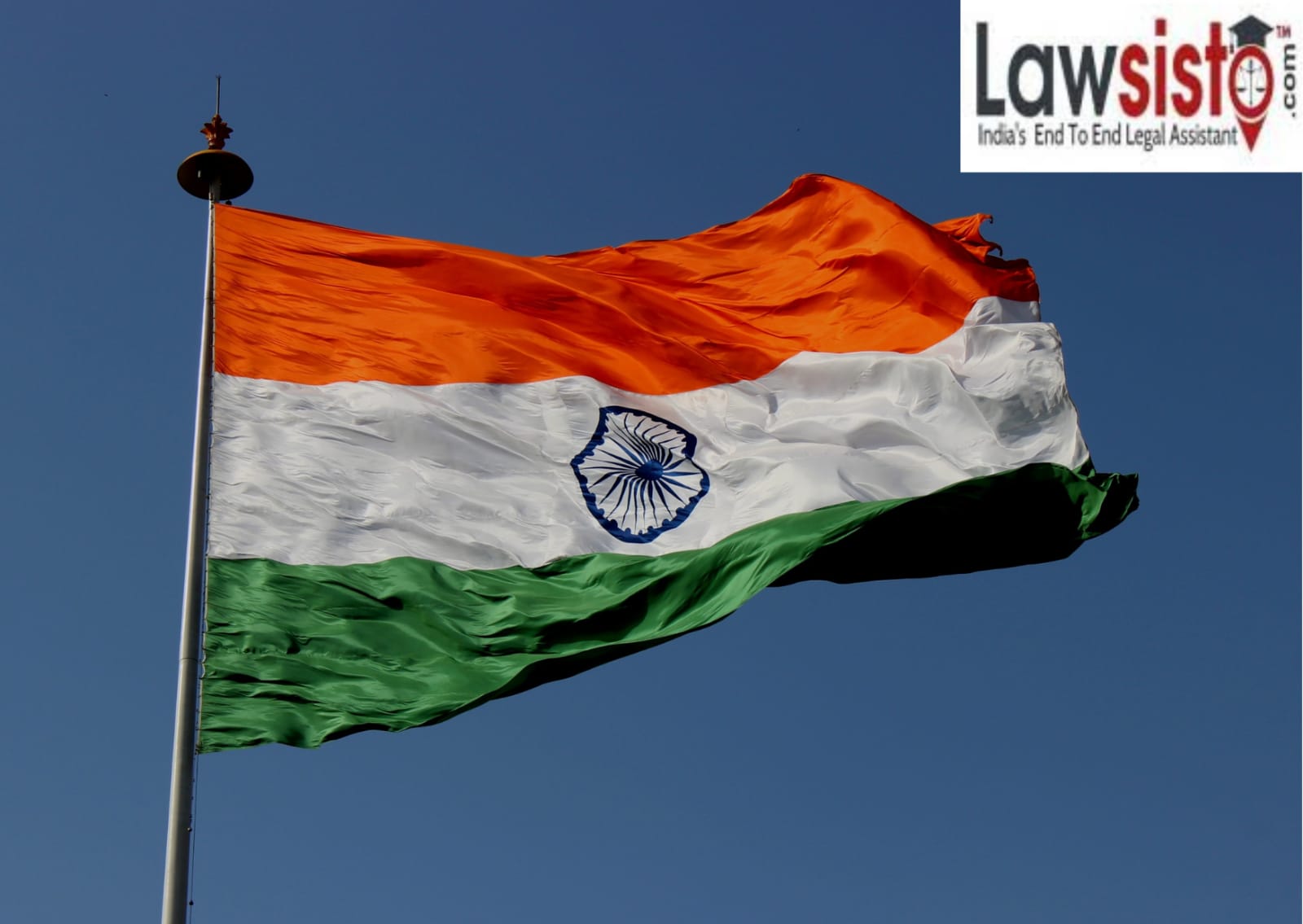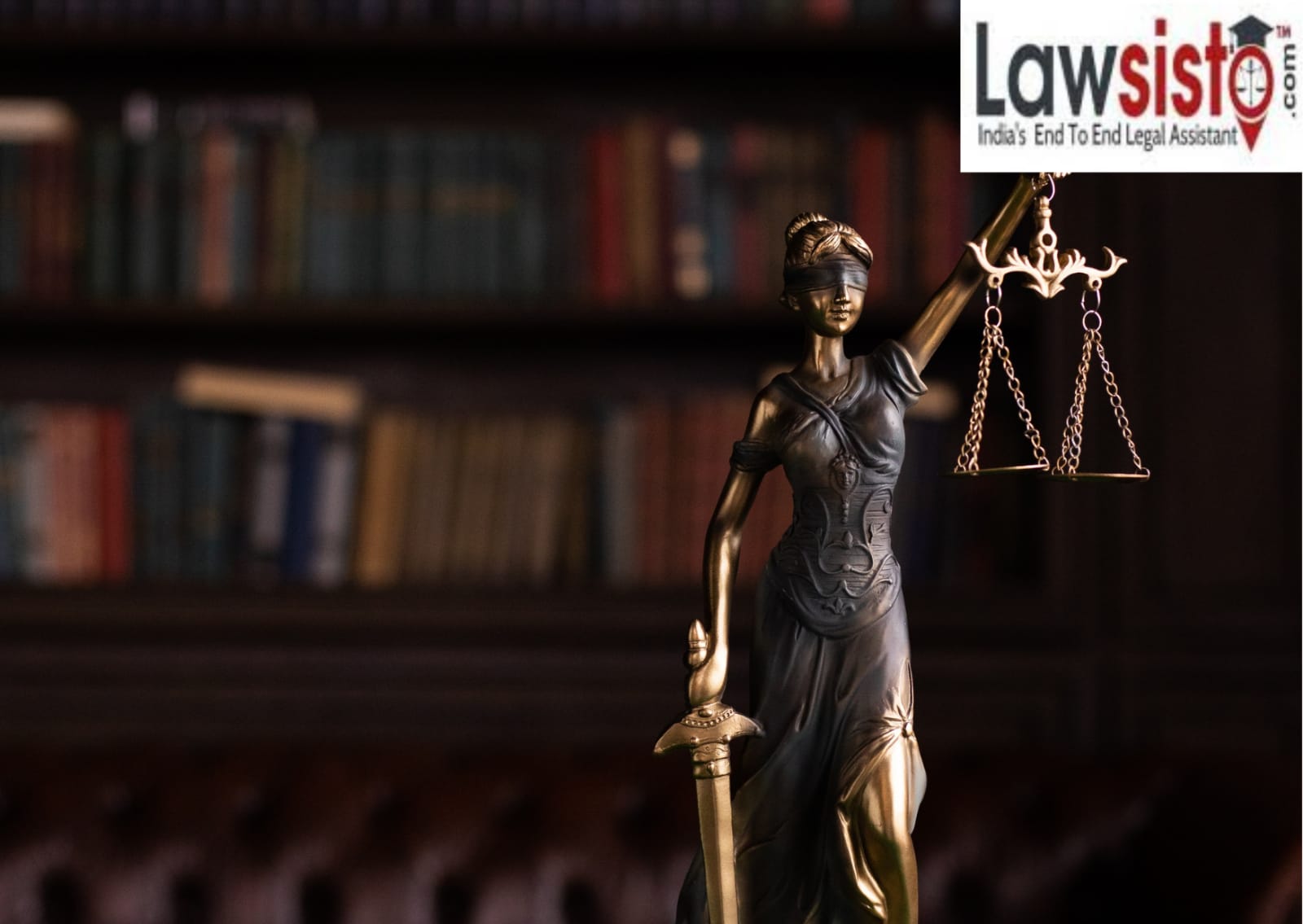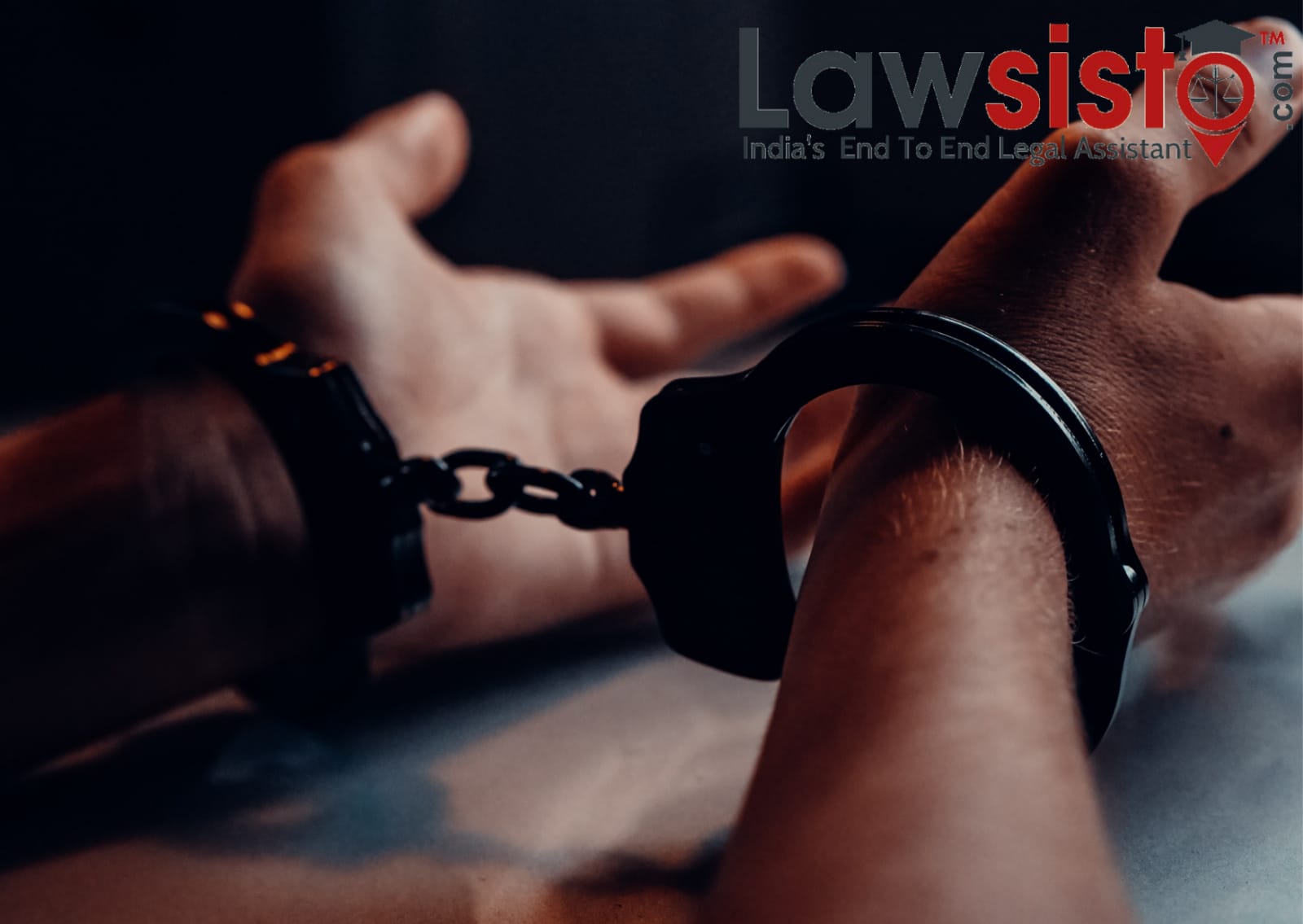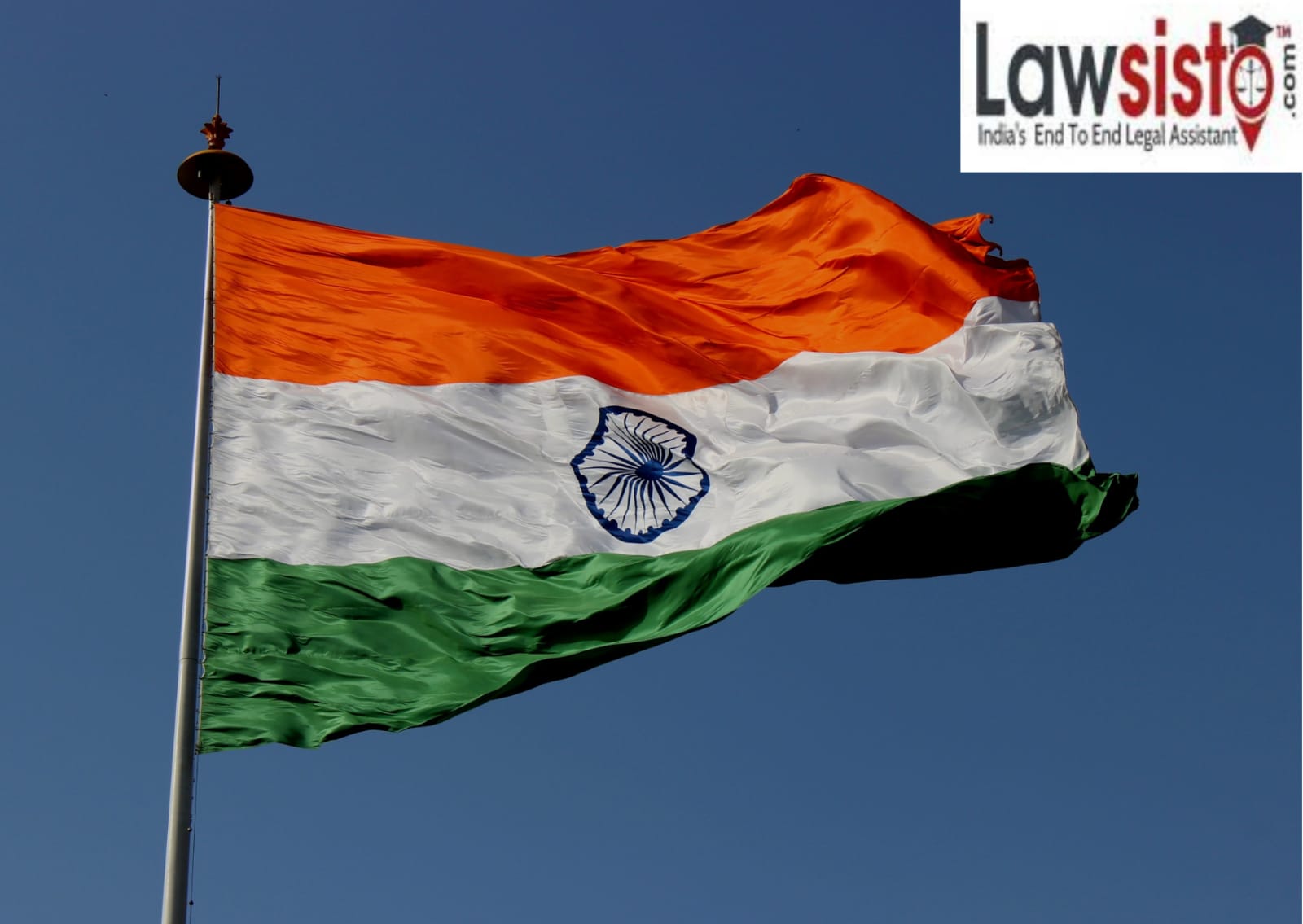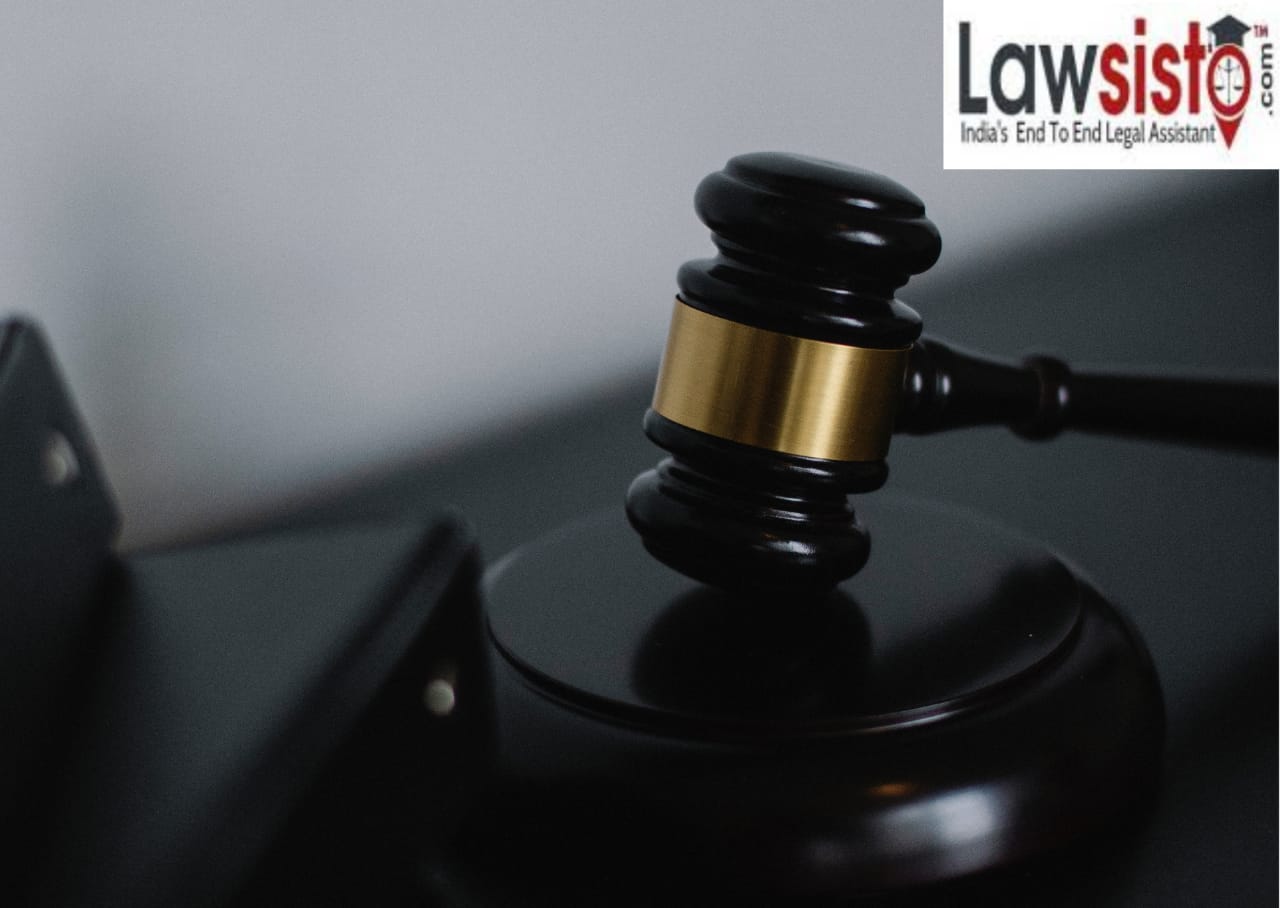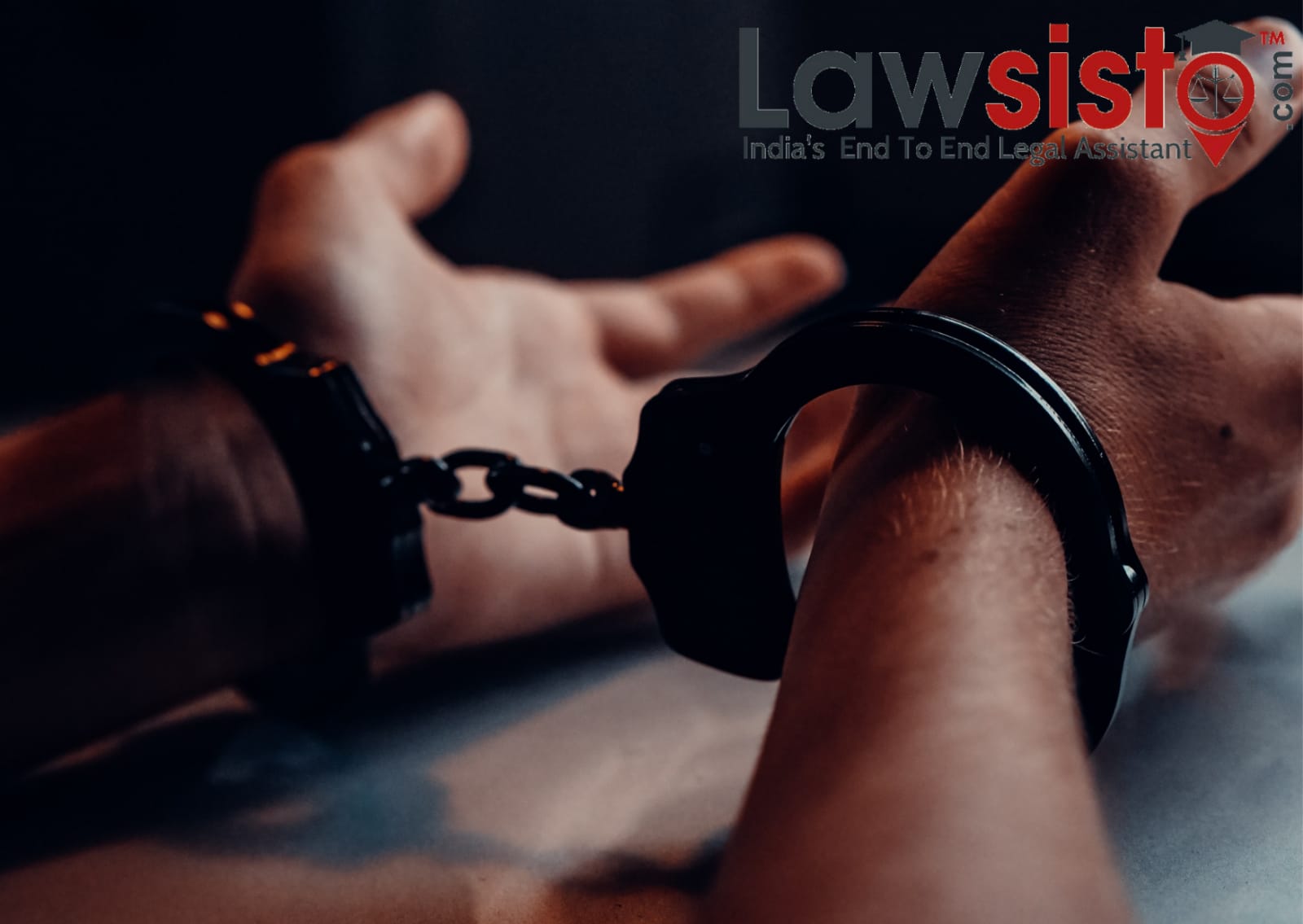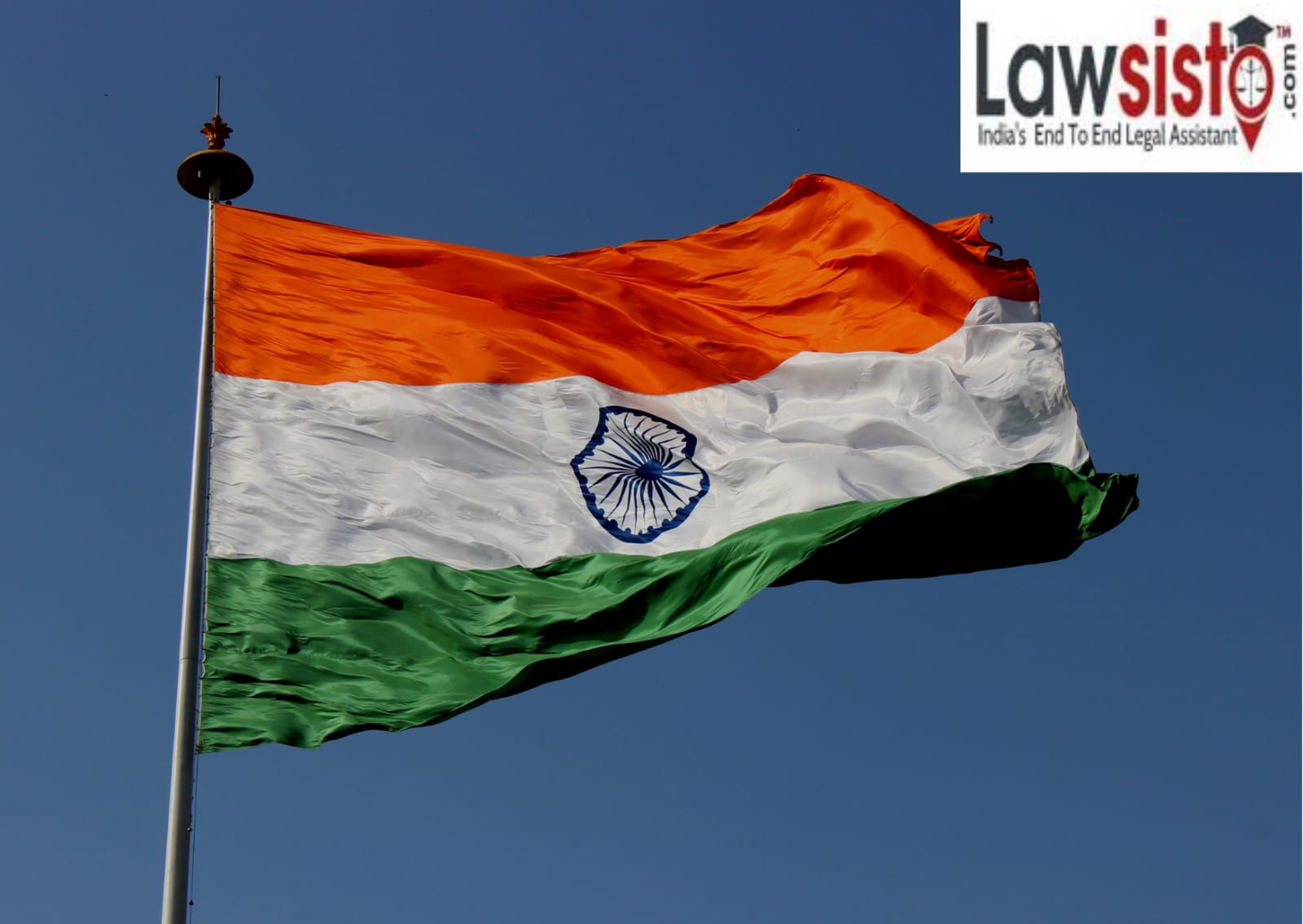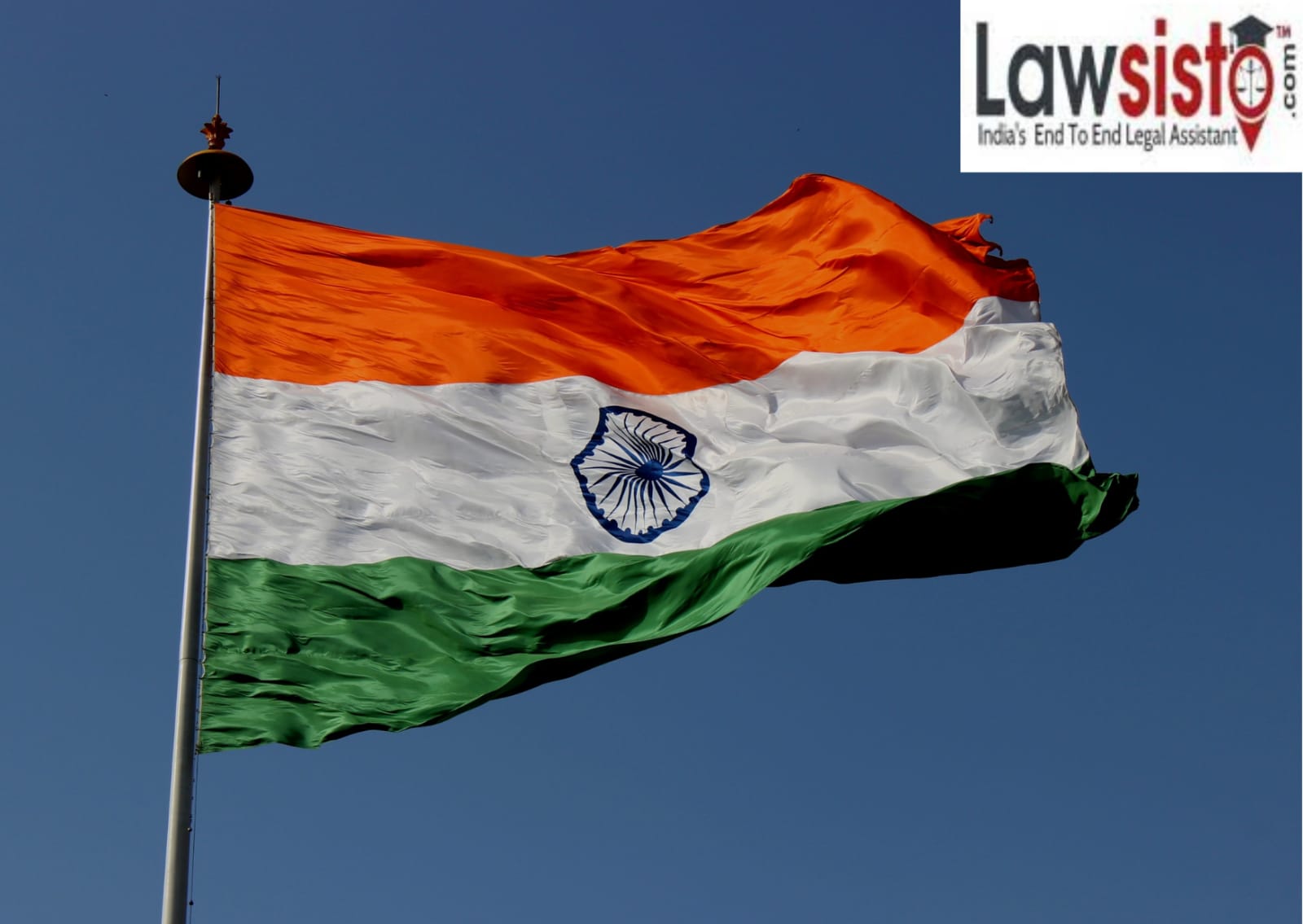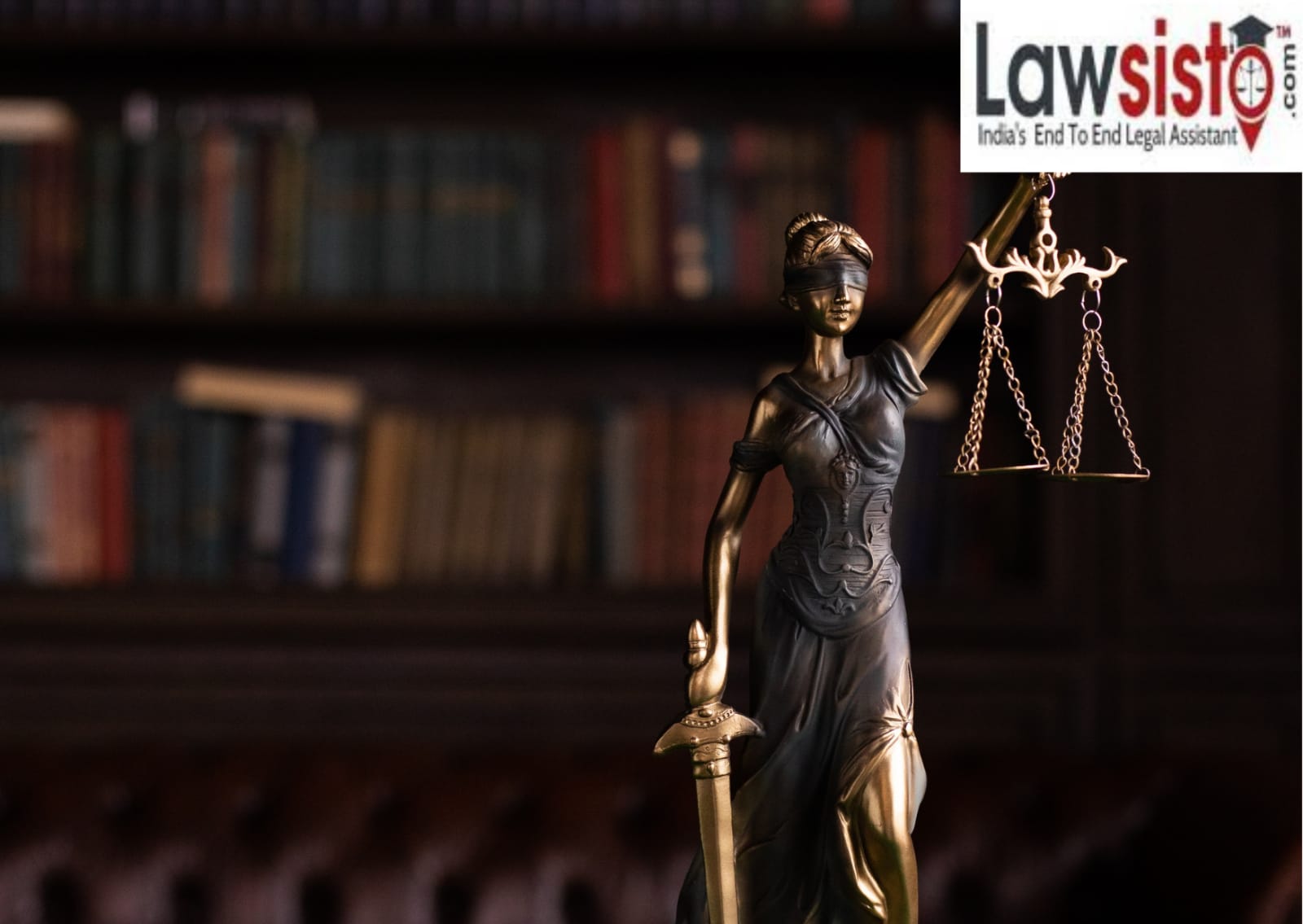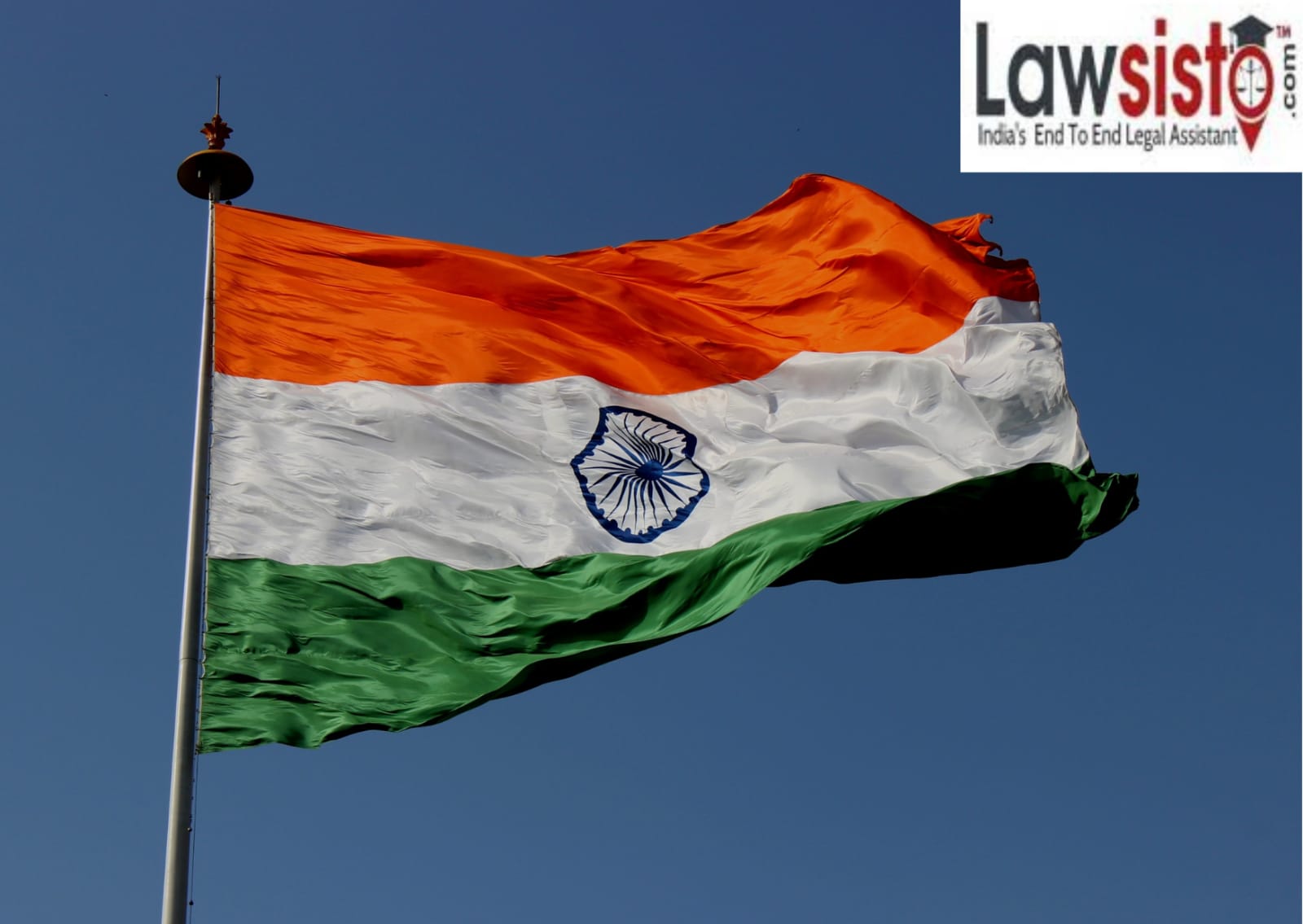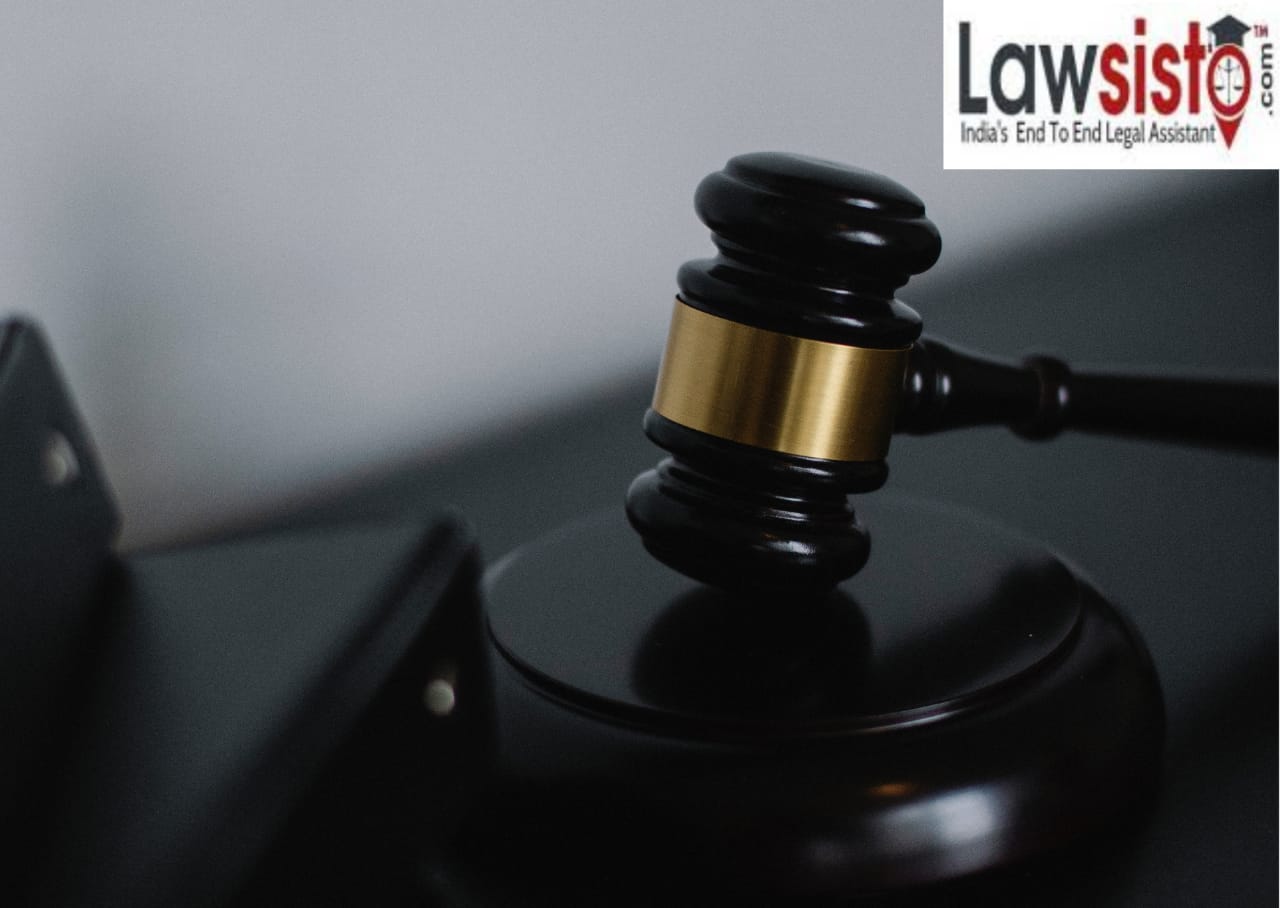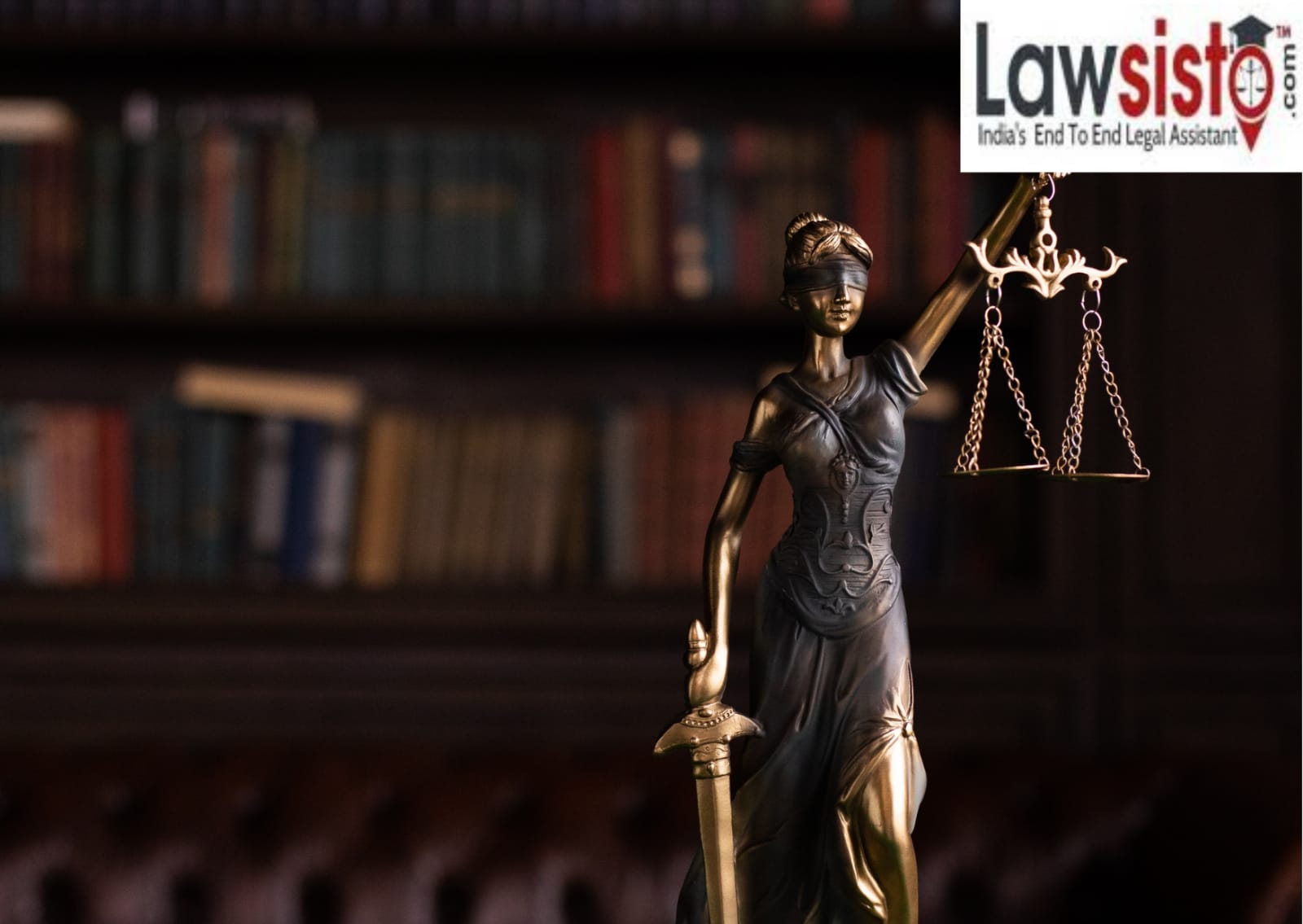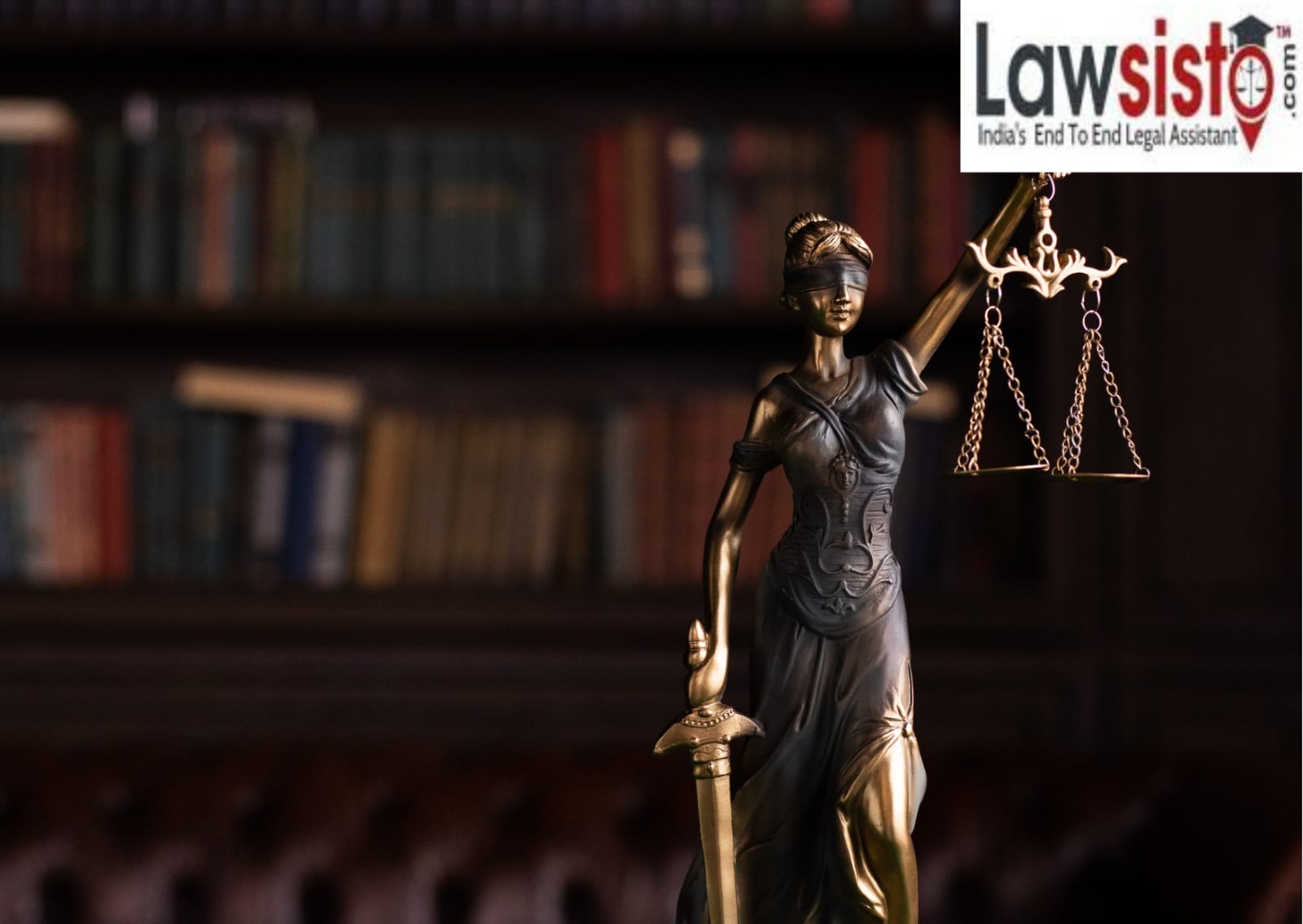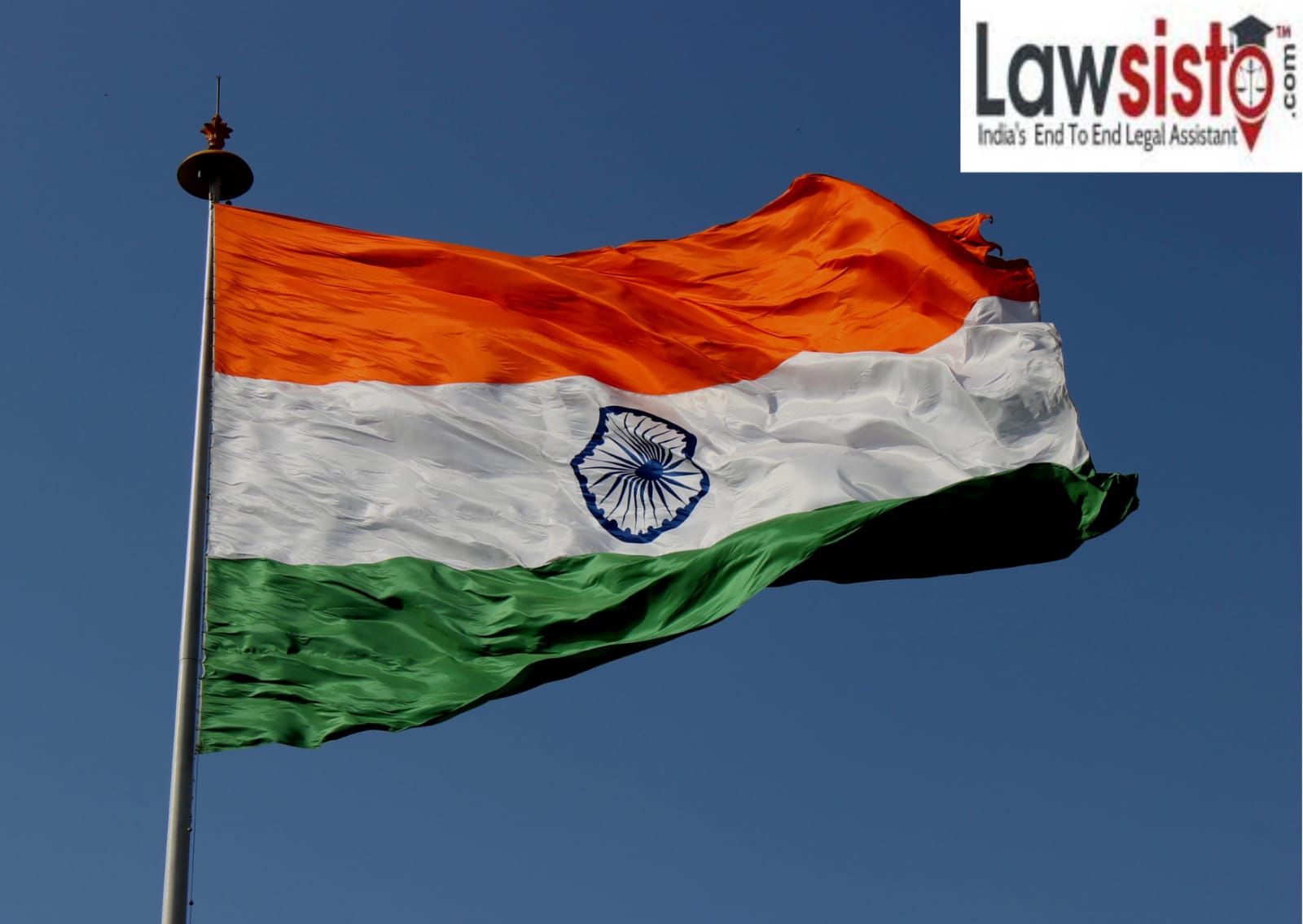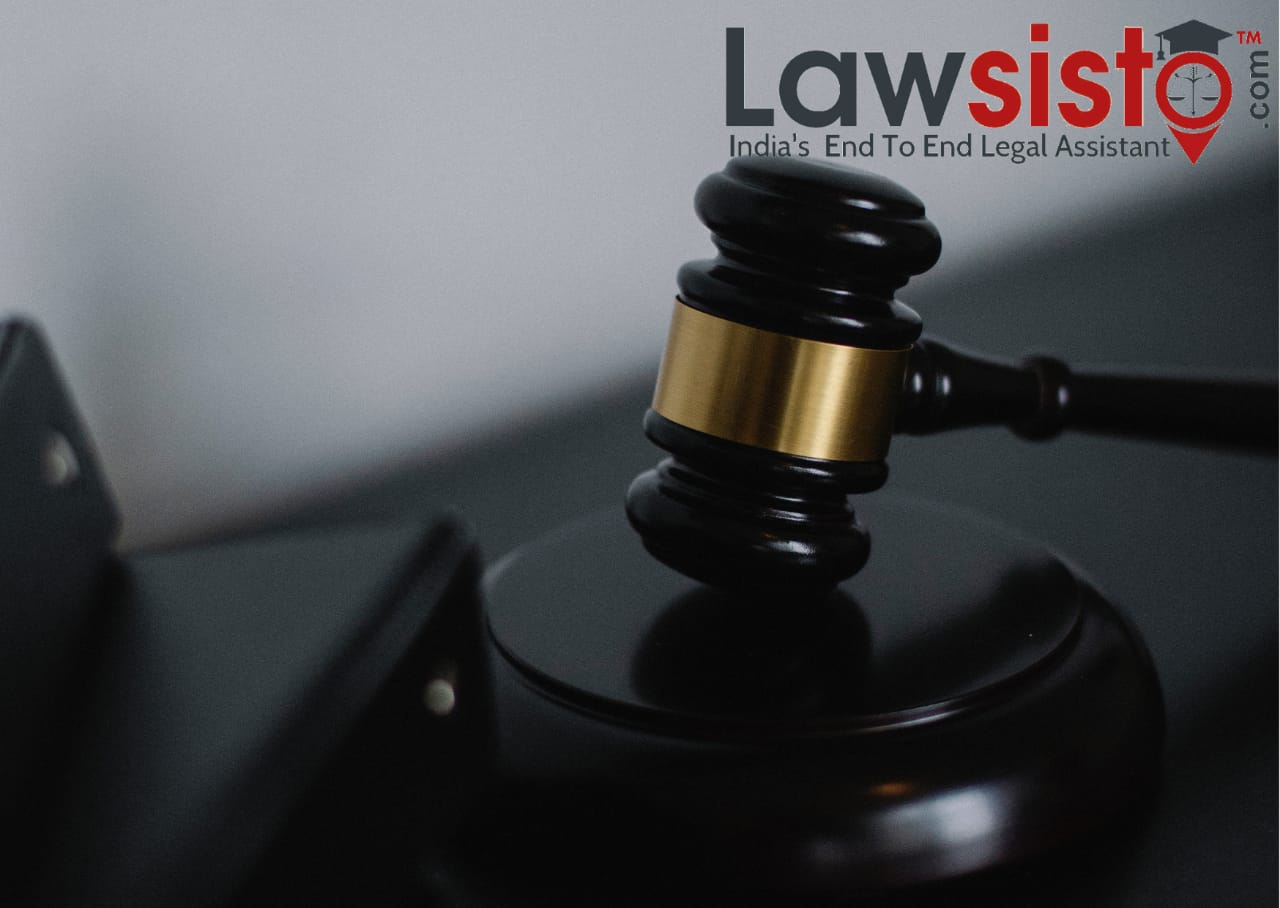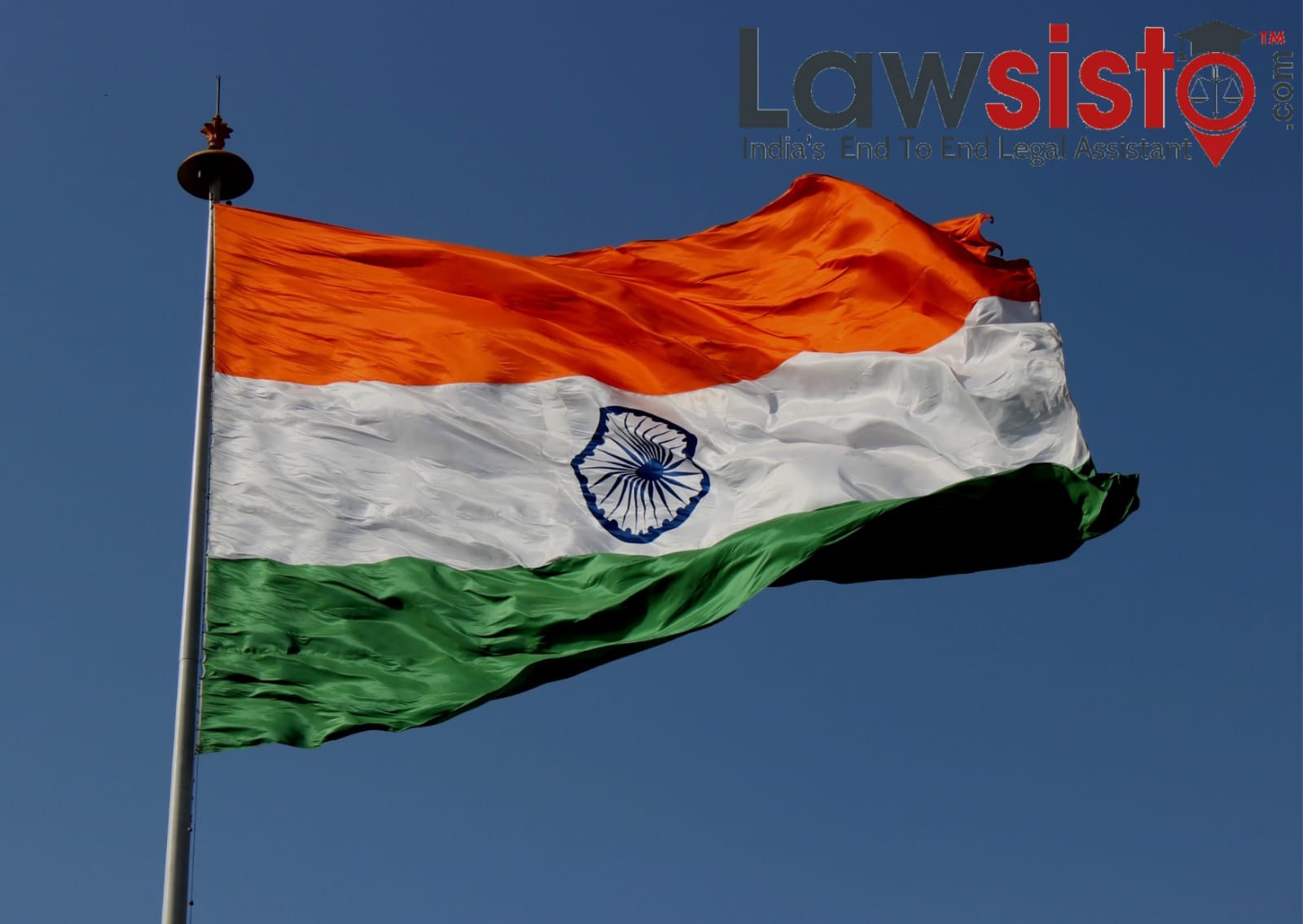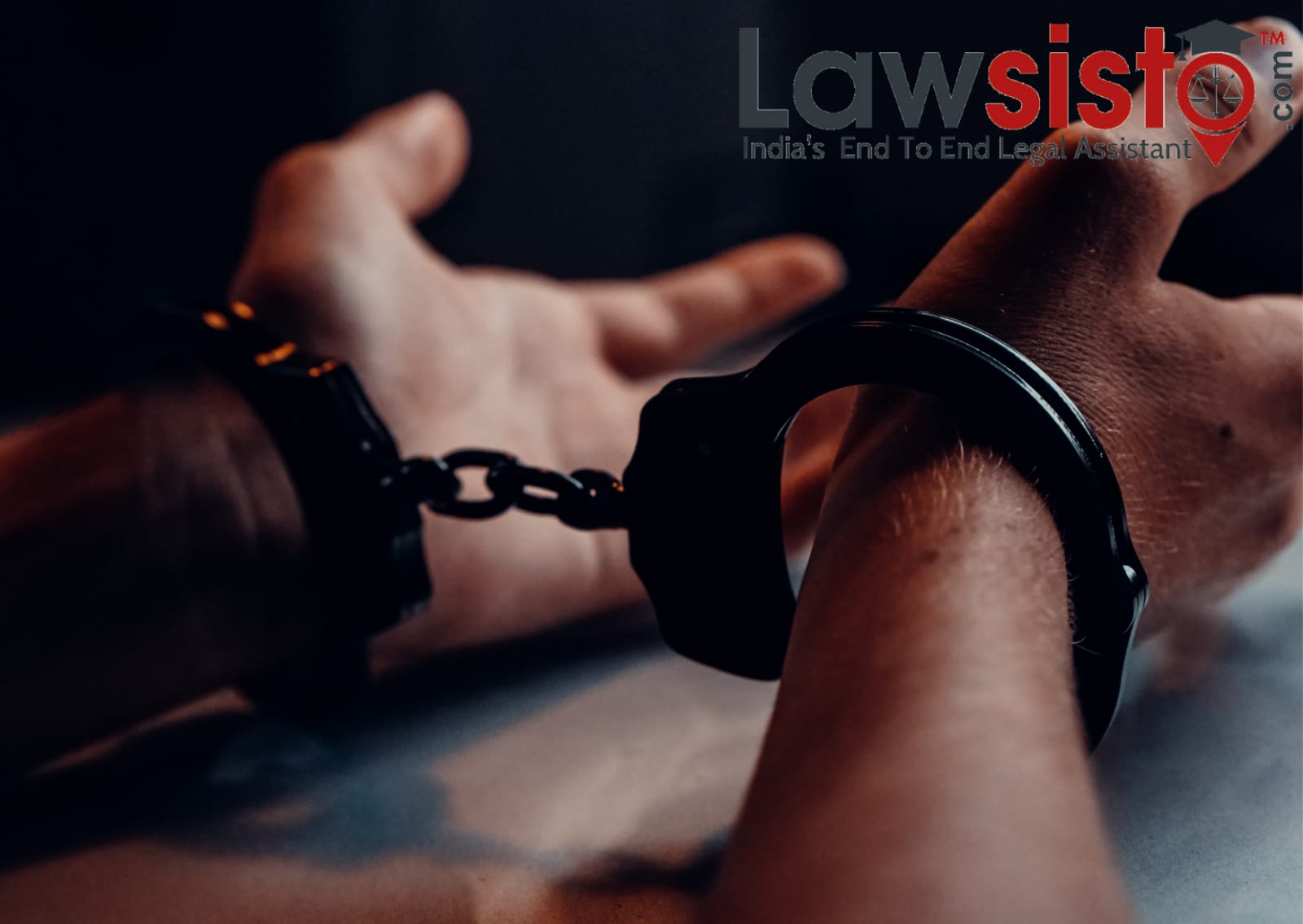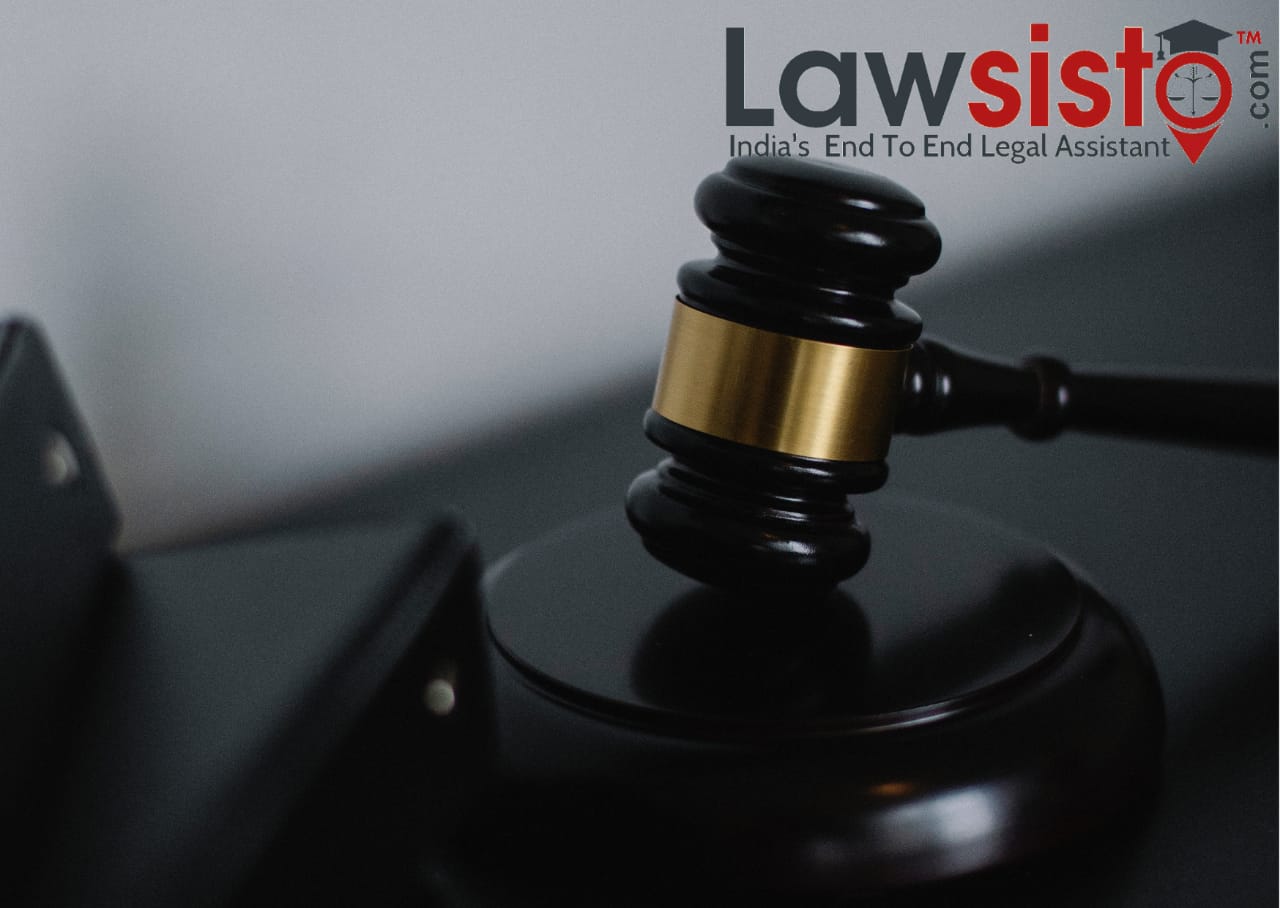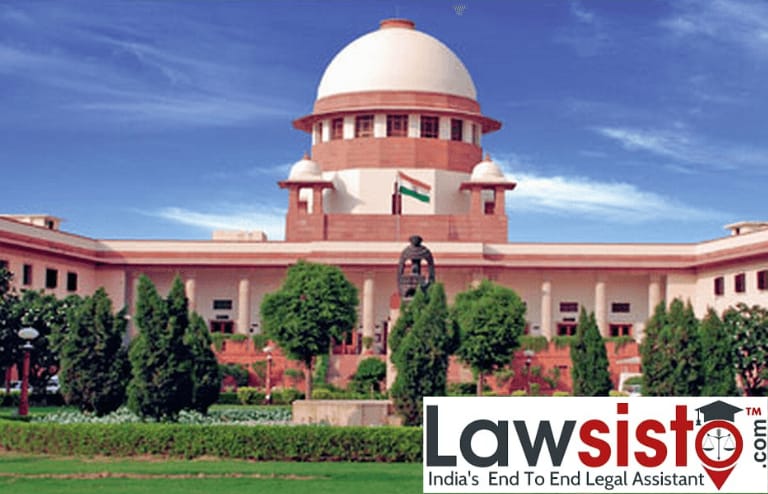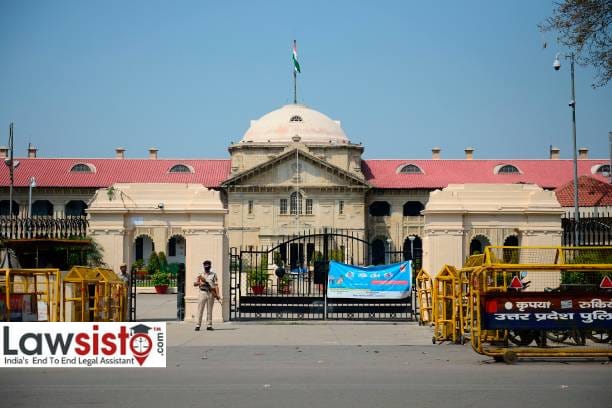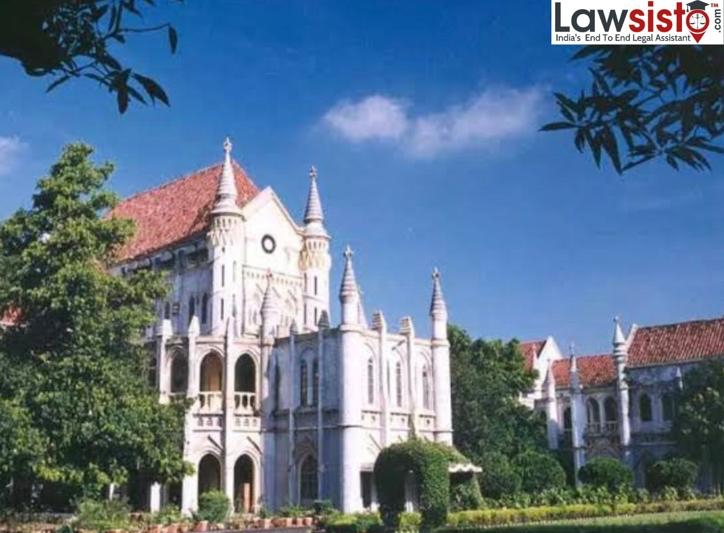Latest News
Indra Sawhney & others v. Union of India
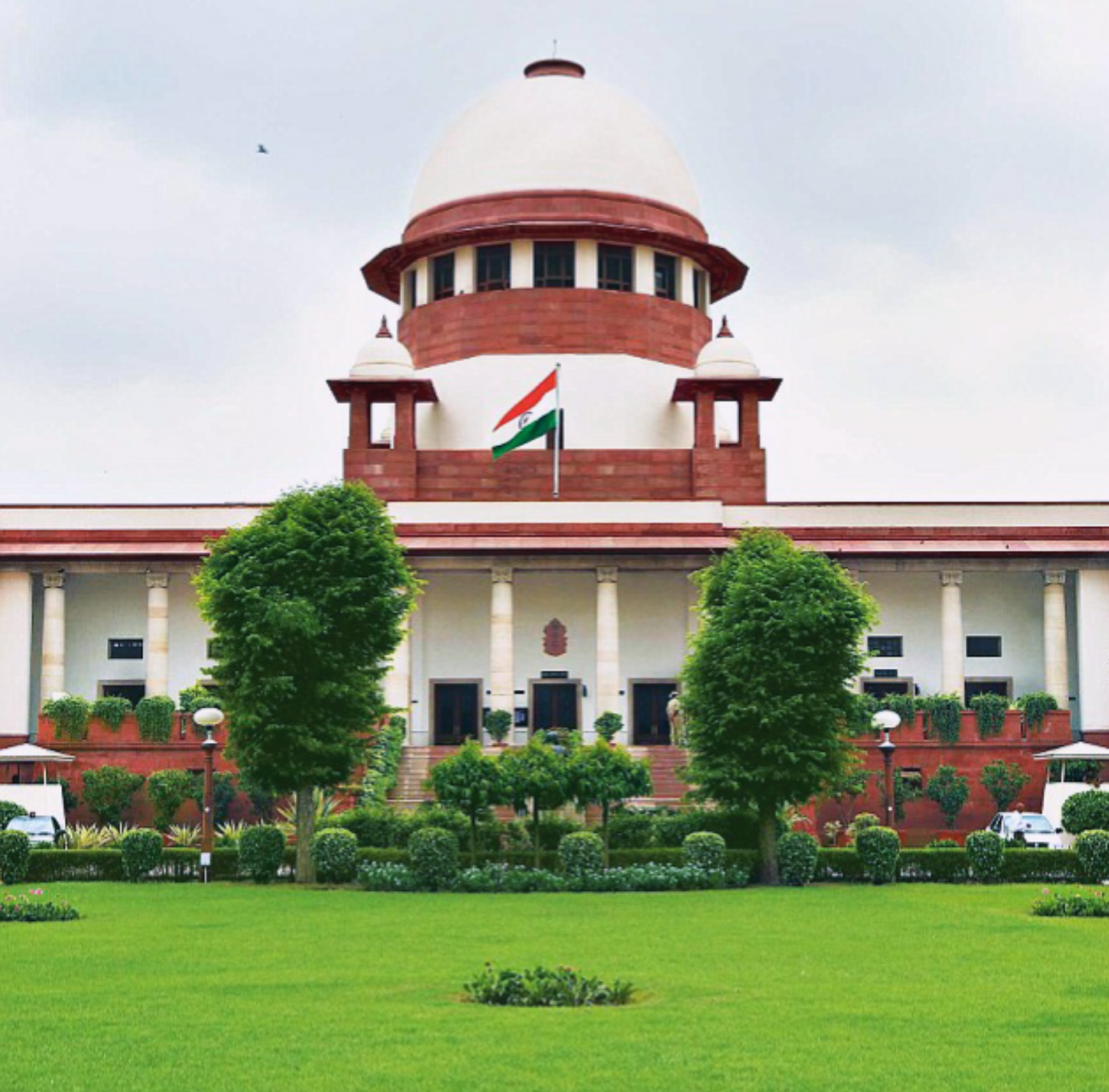
Indra Sawhney & others v. Union of India
The composer of the Indian constitution made an exceptional arrangement with the idea of giving equivalent chances to all resident of the nation in public employment within India. It was introduced in the Indian constitution as Article 16. After taking the note of backward classes of our country a special provision was placed in that act. It was clause 4 which was later known as Article 16(4). This clause authorizes the state to build and construct special arrangements for backward classes who as per state or authority doesn’t have efficient representation in services of that state.
The facts of this case had a very big and important factors which had their impacts for ages on our country. The government lead by Mr. Morarji Desai appointed the commission was known as second backward class commission under the chairmanship of member of parliament namely Shri. B.P Mandal to look over the educationally and socially backward class people within the jurisdiction of India and instructed certain steps for their upliftment including the important provision to be made in the constitution for the advancement of their status by providing them equal chances in public employment. The report was submitted by commission in the month of December, 1980 in that report they identified 3743 castes backing in the development socially and educationally and recommended the authority for the 27% reservation in the public sector jobs.
It took more ten years to implement due to certain disturbances and political imbalance within that duration of time period. At that point on 13th August, 1990 Prime Minister V.P Singh gave office of update and saved 27% seats for the regressive classes. Due to this act civil disturbance was seen in India. Anti-reservation movement was seen at different places in India for nearby 3 months. A petition was been filed by the side of BAR ASSOCIATION OF SUPREME COURT challenging the duration of memorandum issued the central government. The case was to be decided by the bench consisting of 5 judges. The problem just got bigger as the government collapsed and new government came of P.V Narsimha Rao for taking political gain of the situation he issued another memorandum which stated changes in two things which were: Introduction of the criteria of economic condition in giving reservations prior to this decision which 27% increased to 37%
The bench referred this case to the bench of 9 judges which issued the short notice to authority for asking on what basis the government proposed the reservation. But the government failed to express the criteria of the memorandum.
The SC had several questions before them regarding this decision of the government arguments and counter arguments raised some very important questions on this deed of the authority it had some very serious questions about the caste system and secularism as it would be dangerous for the growth of welfare state and it would be rewriting the constitution and the effect caused to equality.
The conclusion of this case came in a manner of 77th amendment in the Indian constitution in 1995 inserting the new clause under Article 16 that was subsection 4 which could now give authority to state to make provisions for the post in public sector for backward classes. It also stated that amendment can’t exceed above 50 % for schedule caste, schedule tribe and other backward classes. It also stated that a creamy layer needs to be removed from backward classes. A backward class can’t be identified on the basis of economic criteria. Reservation doesn’t include promotion. Any further Dispute regarding any new criteria included on this needs to be heard only in the Apex Court. The decision in this case laid a worthy solution to the issue of reservation of our country.

